I’m packing my gear to climb Cayambe, an 18,996-foot (5,790-metre) volcano located a couple of hours northeast of Quito, Ecuador. Before I left, I told a friend that we were preparing to go to the mountains with a group of women guided by Juliana García and Fátima Serrano. She asked me right away, almost like a reflex: “And who’s going to lead the way up?”
Our group is made up of four women – Claudia, Valentina, Marcela and me – plus our guides, Juliana and Fátima. Driving up to Cayambe the next day, the trip is full of laughter and expectations. We encounter maintenance work that makes the road impassable, so we have to transfer trucks a few times in order to get to the refuge. At each transfer, our party is asked over and over again: “Whose group is this?”
“Mine,” Juliana answers.
In my experience with male guides, that answer is sufficient. But at every transfer, Juliana is pressed again: “And who’s the guide?”
“Me, Juliana.” Despite more than 20 years as an accomplished guide, Juliana has had to assert her right to lead throughout her entire career.
I first met Juliana in March of 2017, shortly after she became the first Latin American woman to be certified by the International Federation of Mountain Guides Associations (IFMGA). In our interview for the BBC, we shared experiences and feelings of trying to advance in a world of men. I could sense her self-esteem, her conviction. After that interview, Juliana and I started climbing together and eventually became friends.
 A small token for a great victory. Juliana toasts during her graduation as an IFMGA high-mountain guide in Quito, Ecuador. Photo: Roberto Espinosa F.
A small token for a great victory. Juliana toasts during her graduation as an IFMGA high-mountain guide in Quito, Ecuador. Photo: Roberto Espinosa F.
Juliana’s adolescence was spent between summits. At 13 years old she rode her bike over 2,790 miles (4,500 kilometres) from her hometown in Quito, Ecuador, to Manaus, Brazil, and shortly after that she fell in love with rock climbing and mountaineering; she welcomed the 21st century from the top of Cotopaxi. Once she graduated from school, she decided to apply to join the Association of Ecuadorian Mountain Guides (ASEGUIM). She passed her exams and entered the guide school when she was 18 years old, inadvertently beginning the odyssey to prove to her colleagues and her clients – and to the world – that being a mountain guide as a Latin American woman was possible.
“The truth is that I signed up without really knowing what I was getting into,” Juliana says.
 A young Juliana says goodbye to her mom and dad before hitting the road—biking from Quito, Ecuador, to Manaus, Brazil. This ride lasted five months and took her through Ecuador, Colombia, Venezuela and Brazil. Photo: García family archives
A young Juliana says goodbye to her mom and dad before hitting the road—biking from Quito, Ecuador, to Manaus, Brazil. This ride lasted five months and took her through Ecuador, Colombia, Venezuela and Brazil. Photo: García family archives
Though she was admitted to the school without much fanfare, the social dynamics during the courses were difficult to navigate. “We would go to the mountains for three weeks,” she says. “I was usually the only woman. Nobody knew how to behave around me, and it was super unbalanced. Sometimes there was a good vibe. Others, it was crappy.”
One of Juliana’s classmates at the time was Ramiro Garrido, now also an Ecuadorian IFMGA mountain guide. He recalls Juliana’s harsh treatment in training: “I remember an exercise where we had to self-arrest in snow, and they put much more weight on her. They made the test much more difficult for her than for everyone else. It was as if she had to show that she could, that she did want to be there in this very masculine guild.”
“Many times I thought about giving up, many times. Because it wasn’t fun,” Juliana says. But despite everything, she stayed. “The support of my family and my friends, and the motivation that I found on the mountain, helped me stay and persevere.” Though she says it’s difficult to put that motivation into words, the feeling is tangible. “I would say that it is just being there, feeling its calmness, its stillness. The mountains are something so immense that when they call you, you go, you can’t do anything else.”
Over time, the hurtful experiences simply became part of the landscape for Juliana. That was until 2013, when she enrolled in the training process to become an IFMGA-certified guide. At the time, there wasn’t an IFMGA school in Ecuador, so guides from different parts of the continent often went to Bolivia to obtain the certification.
But though the training was exacting, the communication was not. Juliana remembers, “After three months in Bolivia and a very informal feedback process, they told us that we would see each other the next day for graduation. I watched my classmates receive their diplomas while my name was never called out.” She was given no explanation for why she was not allowed to graduate. “Go see the evaluations there, on the wall,” was the only answer she got. But the sheet that hung there, almost forgotten, offered no further explanation other than a failing grade.
Her final grades and performance feedback were never delivered, despite Juliana asking for them several times over the remainder of that year and the following year. “They only apologised after I wrote a formal complaint to the IFMGA in 2015. They said I could go through the training process again and that it would be incredible to have more women with them,” she says. “But that was two years later, and two years later, their grades were no longer important to me.”
What did matter to her was her conviction to prevent other women from going through the same experience. “By the time they invited me back to Bolivia, I was already involved in creating the local chapter of the IFMGA school here in Ecuador, one where we could do things the right way for everyone.”
That same year, Juliana became the first female president of ASEGUIM. Along with the position came notoriety, interviews and the possibility of making guiding more inclusive.
“Many things can lead to better gender-related practices in mountain schools,” Juliana says. “One is to be super transparent about the rules, so that there is no confusion about the basics: how you are going to be evaluated, or what is expected of you in relation to your male partners.”
“But having more women within organisations creating more balanced environments is definitively the key,” she emphasises. Occupying the space, being there, constitutes a form of silent activism.

Find your goal, set the path and follow it to the top. Juliana and Vanessa Chavarría ponder the routes before climbing Pico de Orizaba, Mexico. Photo: Sophia Schwartz
Perhaps one of Juliana’s greatest contributions to female mountaineering has been occupying those spaces, earning for herself not only a voice but also a vote in the highest ranks of the discipline. A few months after our first meeting in Quito in 2017, she was elected to the IFMGA board of directors, becoming both the first woman and the first non-European to hold that position.
Although the positives of her work outweigh the negatives, Juliana emphasises that criticism and controversy are still commonplace. There are clients who won’t accept a female guide, and there are still far more men than women in the guiding industry. But it’s Juliana’s mission to demonstrate that the mountains have space for everyone.
Currently, out of the 53 ASEGUIM guides who are also IFMGA guides, Juliana is still the only female Latin American guide. Globally, she is part of the scant 2 percent of IFMGA guides who are women.
 Who says this is a man’s world? Juliana and fellow IFMGA guides, most of them Ecuadorian, share the summit of Cotopaxi, the very same summit where her dream started. Photo: Reiner Taglinger
Who says this is a man’s world? Juliana and fellow IFMGA guides, most of them Ecuadorian, share the summit of Cotopaxi, the very same summit where her dream started. Photo: Reiner Taglinger
But the trend seems to be changing. As of writing, five out of the 26 people in the IFMGA guide training process in Ecuador are women: Carla Pérez, Daniela Calapiña, Fátima Serrano, Mercedes Ponce and Paola Bravo. Juliana has supported each of them by giving advice, sharing a rope and inviting them on mountain outings to help them gain experience. Besides guiding, if there is something that Juliana does very well, it is bringing her community together, connecting people.
“Juliana was like a godmother to me,” Fátima says. “She was always very generous and taught me what she knew. Her path made her a benchmark, and she undoubtedly had the power to change things.”
“She was my idol,” Daniela agrees. “I had never seen a female mountaineer doing ‘men’s stuff.’ She inspired me to follow the same career. If Fátima and other women came after her, then why couldn’t I also be there?”
In addition to her current political role within guiding associations, Juliana still guides internationally and dedicates a good part of her time to education. She teaches avalanche safety courses and has been part of the technical instruction staff at ASEGUIM since 2020, where she teaches essential skills, risk management, avalanche safety and participates in the alpine module that takes place in Peru.
 Left: Guide, teach, empower, repeat. Mountains are truly Juliana’s element. A crevasse rescue class in Greenland. Photo: Lauren Baker
Left: Guide, teach, empower, repeat. Mountains are truly Juliana’s element. A crevasse rescue class in Greenland. Photo: Lauren BakerRight: Guiding in Pico de Orizaba, Mexico. Photo: Sophia Schwartz
“Being an instructor and participating in decision-making within the school in Ecuador allows us to create a different, more open and equitable scenario,” says Juliana. “This is a tremendous challenge for me, but I feel it helps to continue breaking down those walls that have kept us so divided. I’m not just saying, ‘I’ve graduated, I’ve made it.’ I want to be there for generations to come, and for myself, too.”
Since welcoming the new year at the summit of Cotopaxi 22 years ago, Juliana has become a symbol for female mountaineers and leaders in different fields, in Latin America and around the world. Today, Juliana is preparing to take the IFMGA ski test with the American Mountain Guides Association (AMGA), which will allow her to guide all over the world just as her IFMGA colleagues from the traditional schools in Europe and the US can. She has shown that it is possible to break new ground. Is it going to be easy? Most certainly not. But if you want to do it, you can do it.
Back in Cayambe, Juliana explains snow conditions and risk factors, slope percentages, precipitation and even how to properly wear crampons. It doesn’t matter if it’s 6 p.m. or 1 a.m., she’s always excited to share her knowledge and make your time in the mountains the best it can be.
“We go together as a group,” she tells us. “If someone feels off, we come back. It doesn’t matter. What’s important is to enjoy and have a good time.”
We climbed a little over 17,716 feet (5,400 metres) before deciding to turn around for the well-being of the group. We had fought and enjoyed it. Of all the times I haven’t summitted, this is the one I felt most at peace with. The night was bright with the light of the moon and stars and the headlamps of other parties flashing on top of the glacier. After descending, I contemplated the sunrise in this special place, feeling that motivation Juliana talks about: It’s just being there.

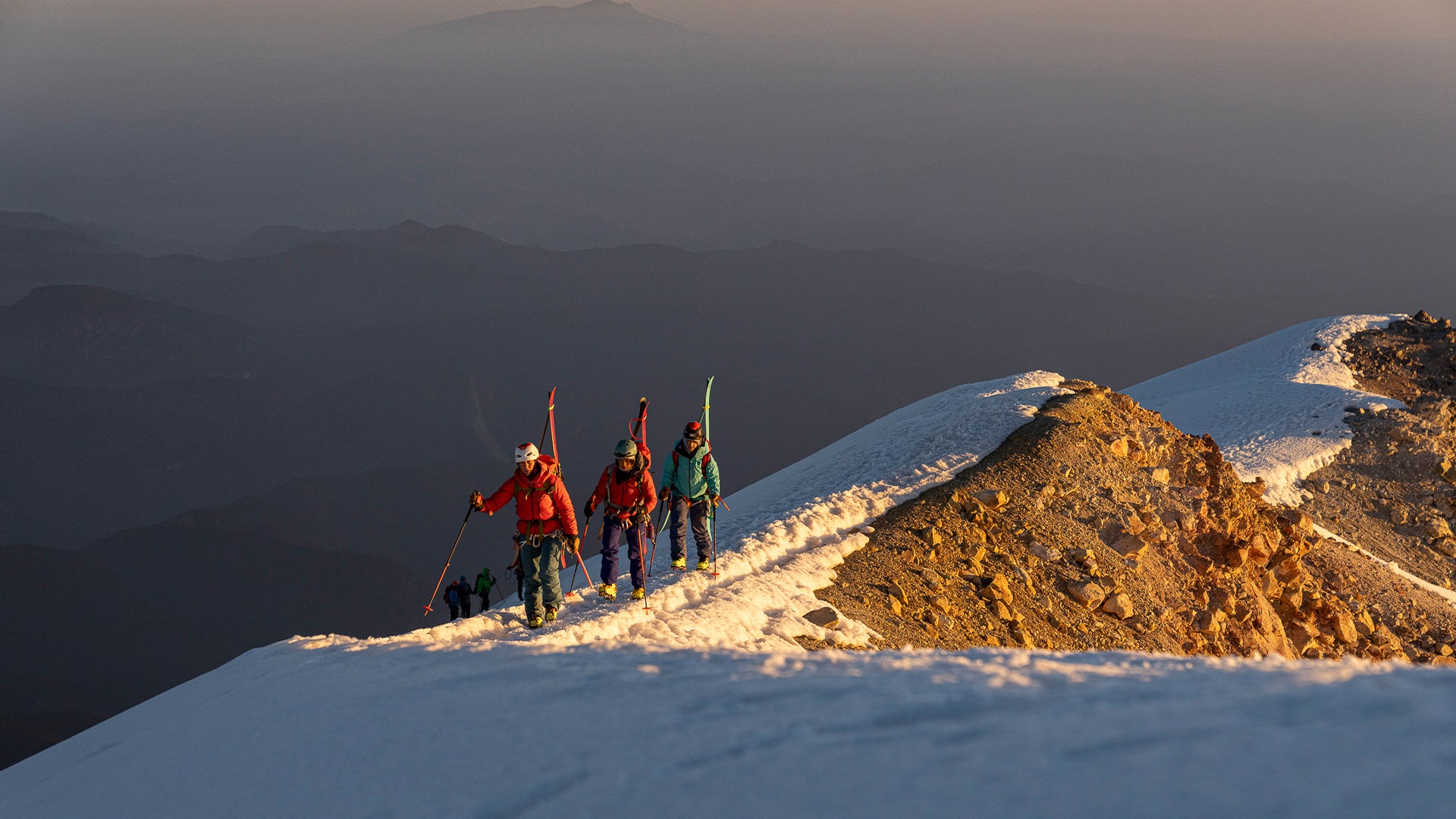
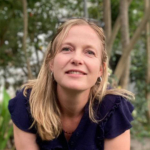
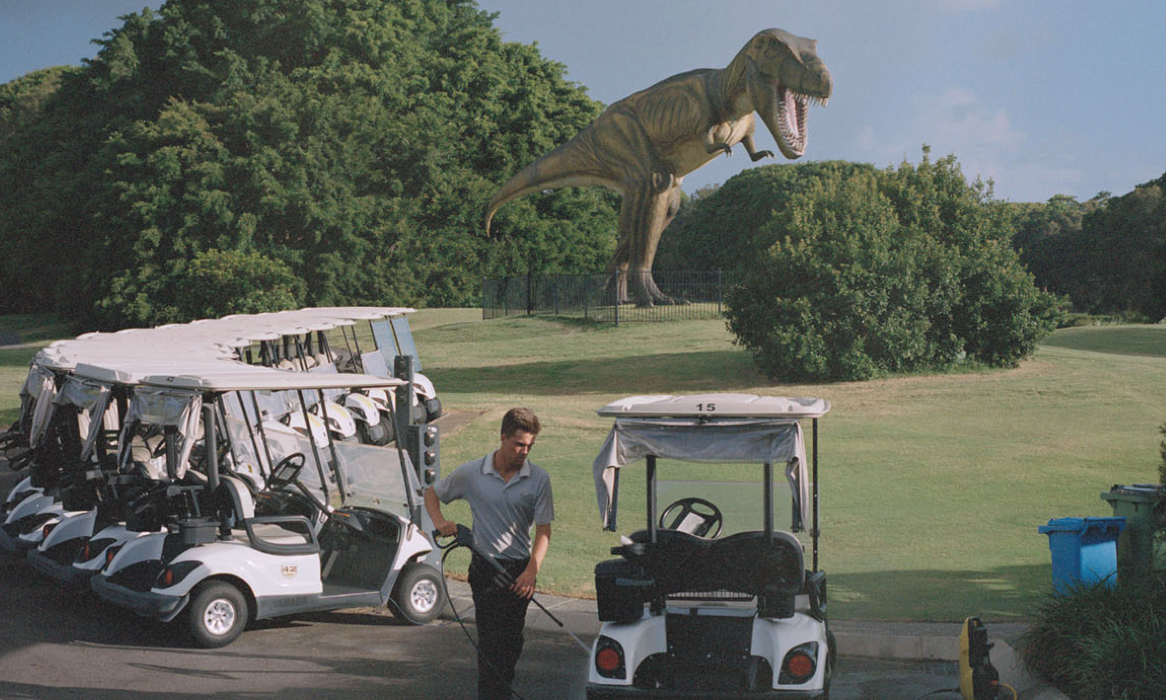
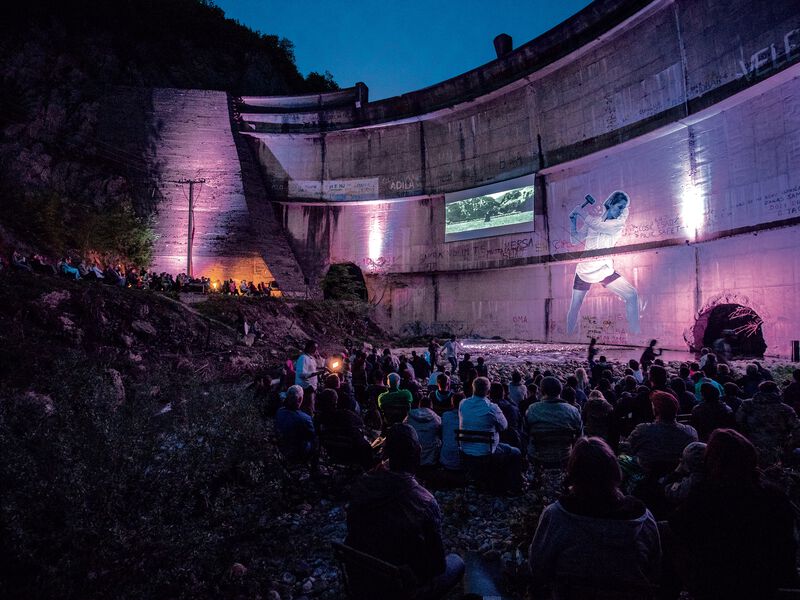




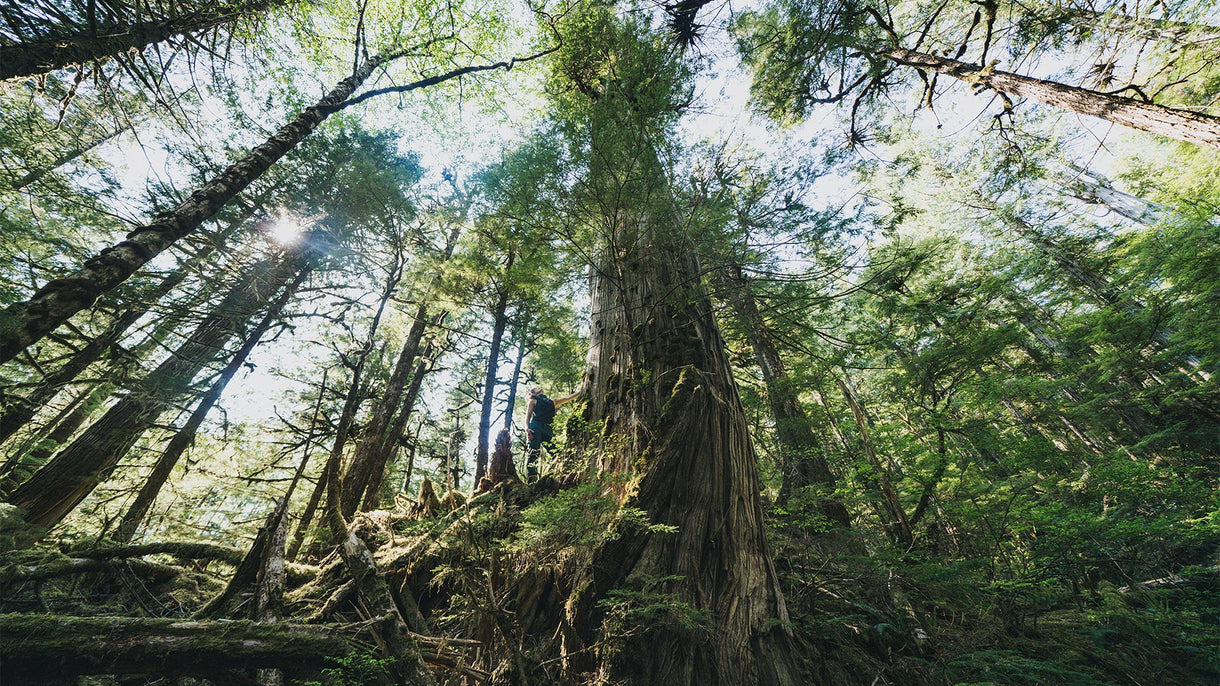
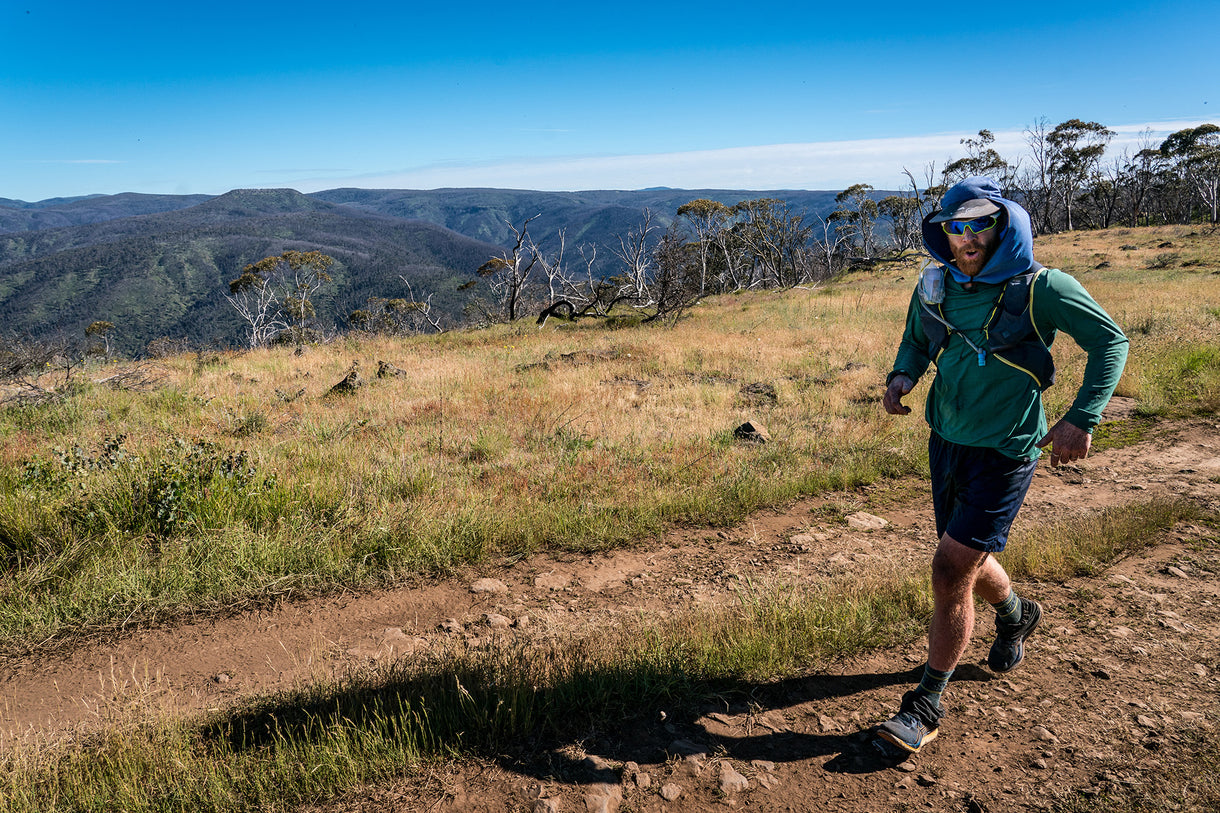
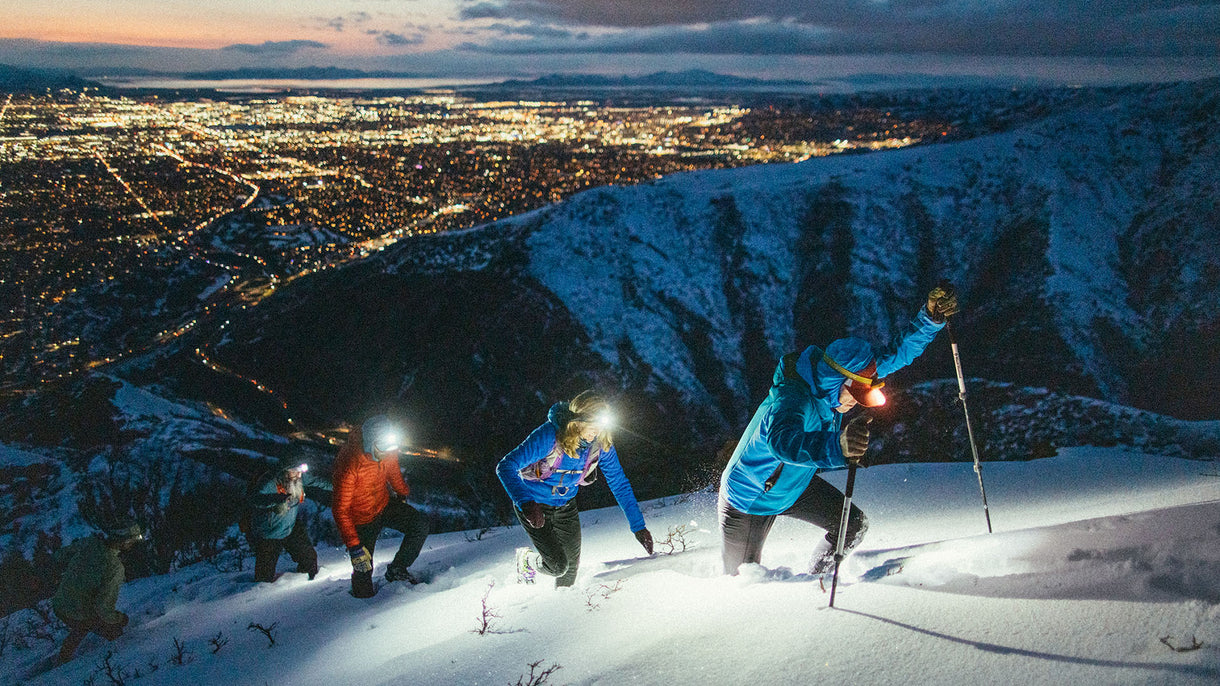
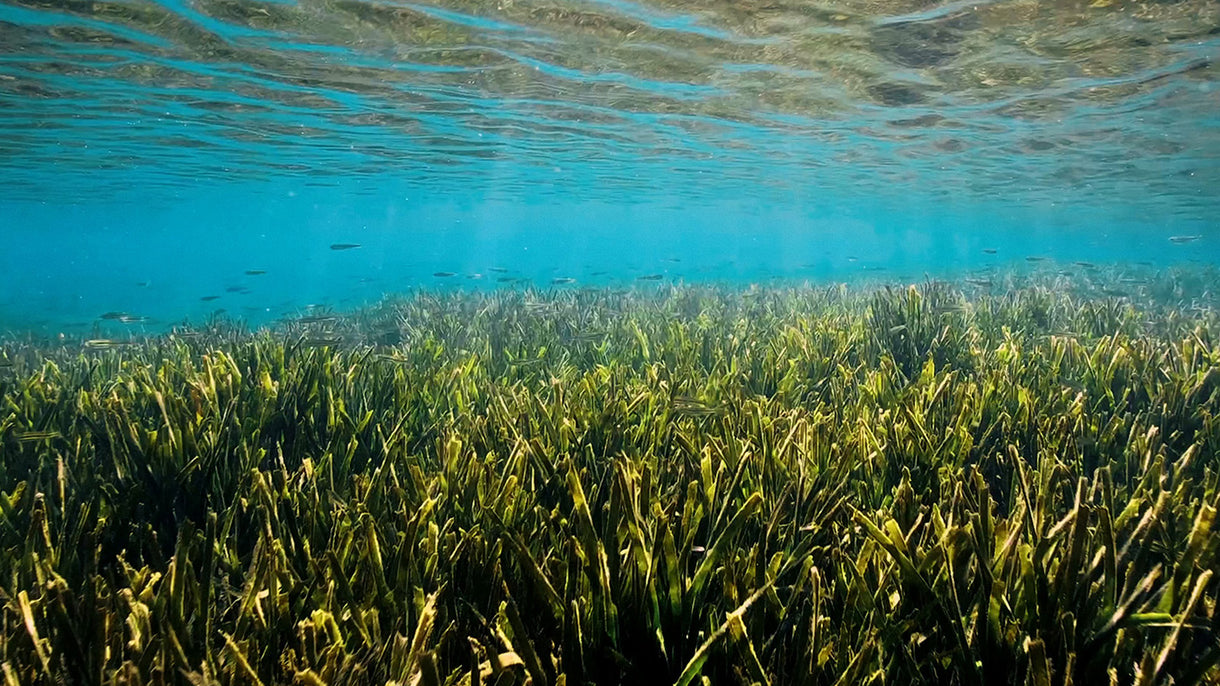
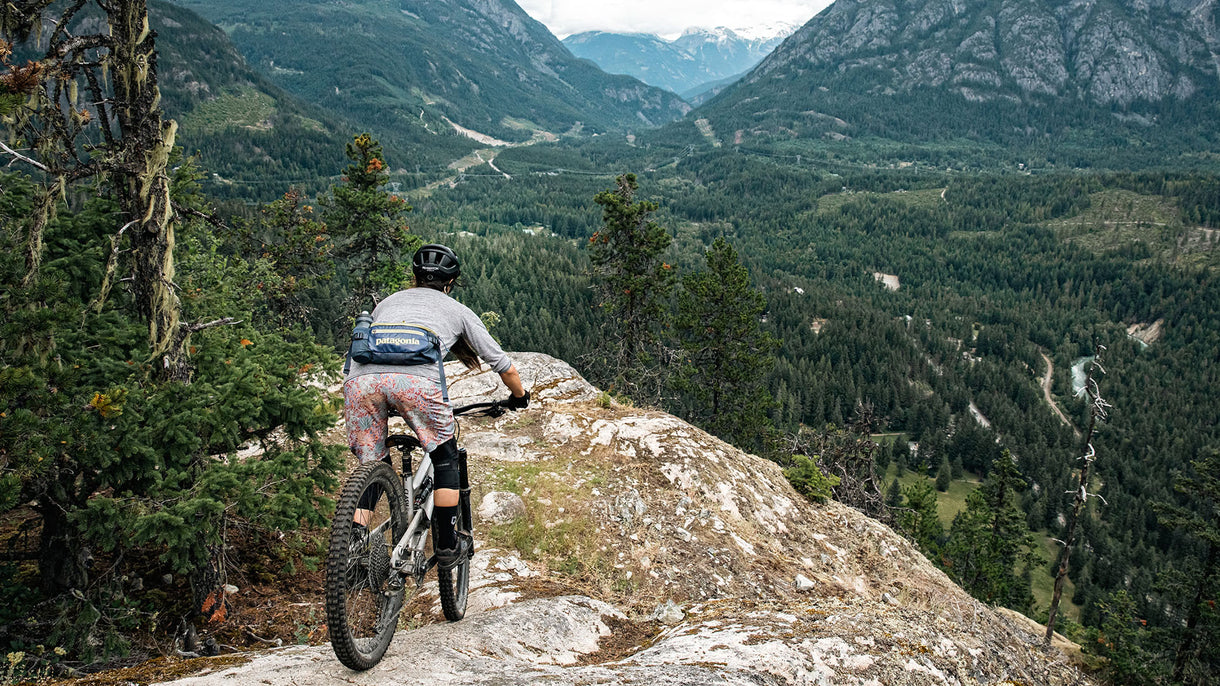
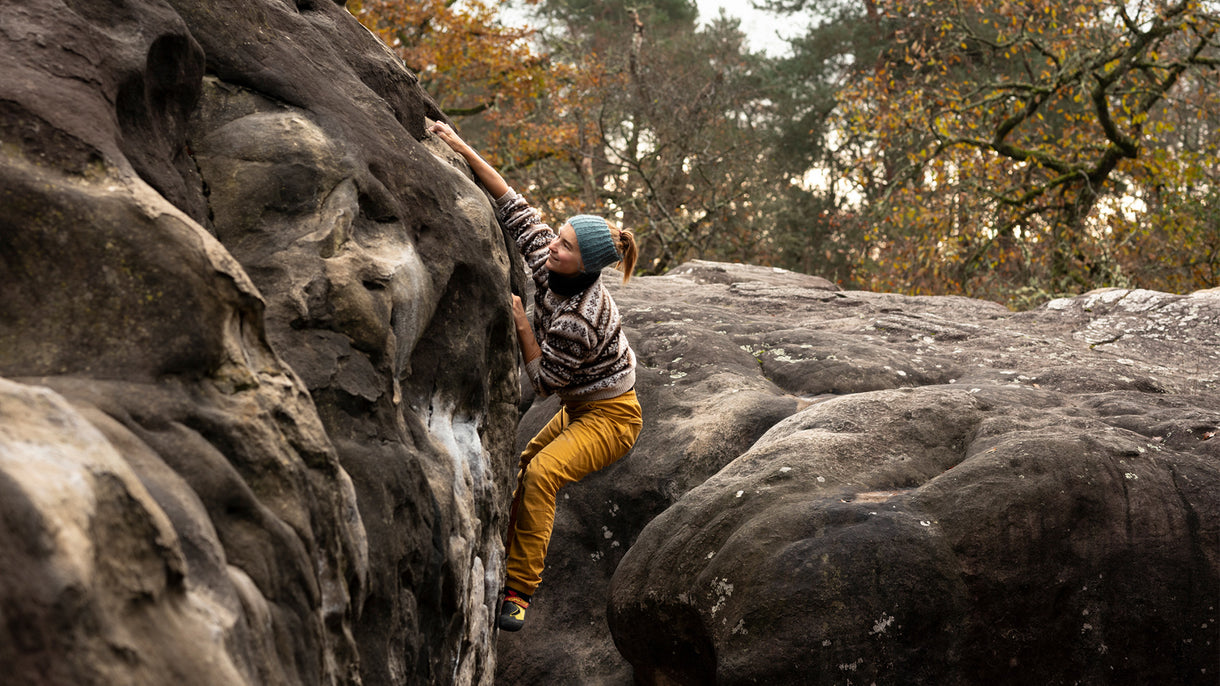
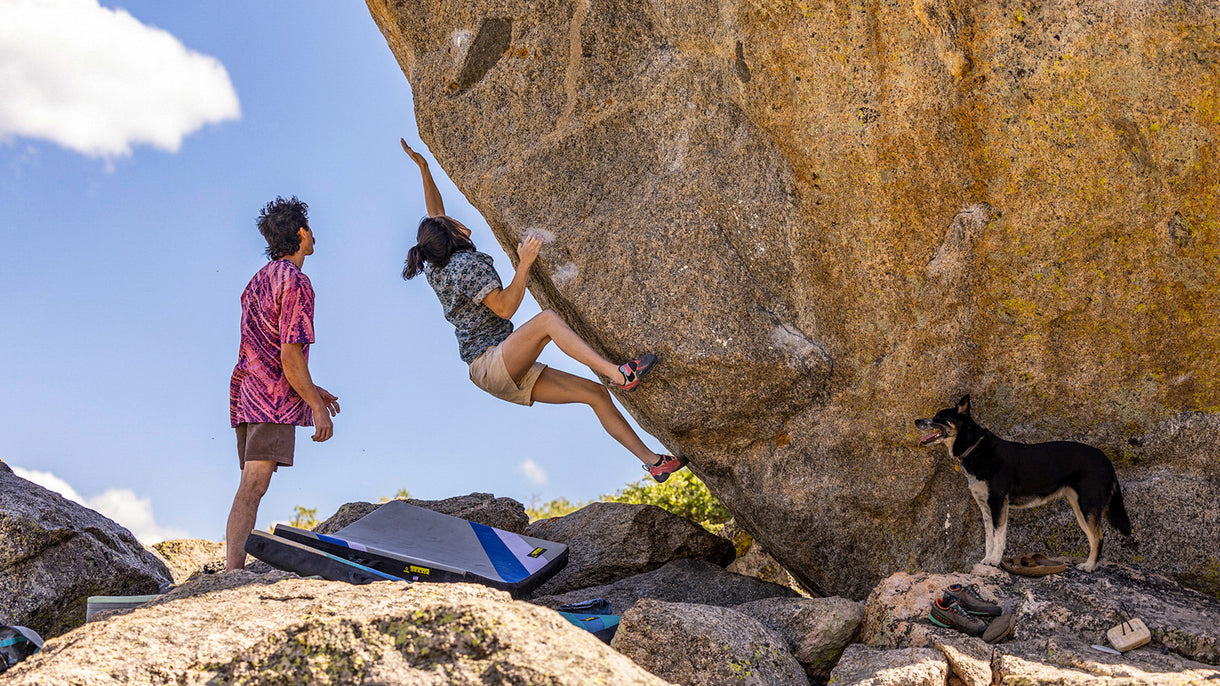
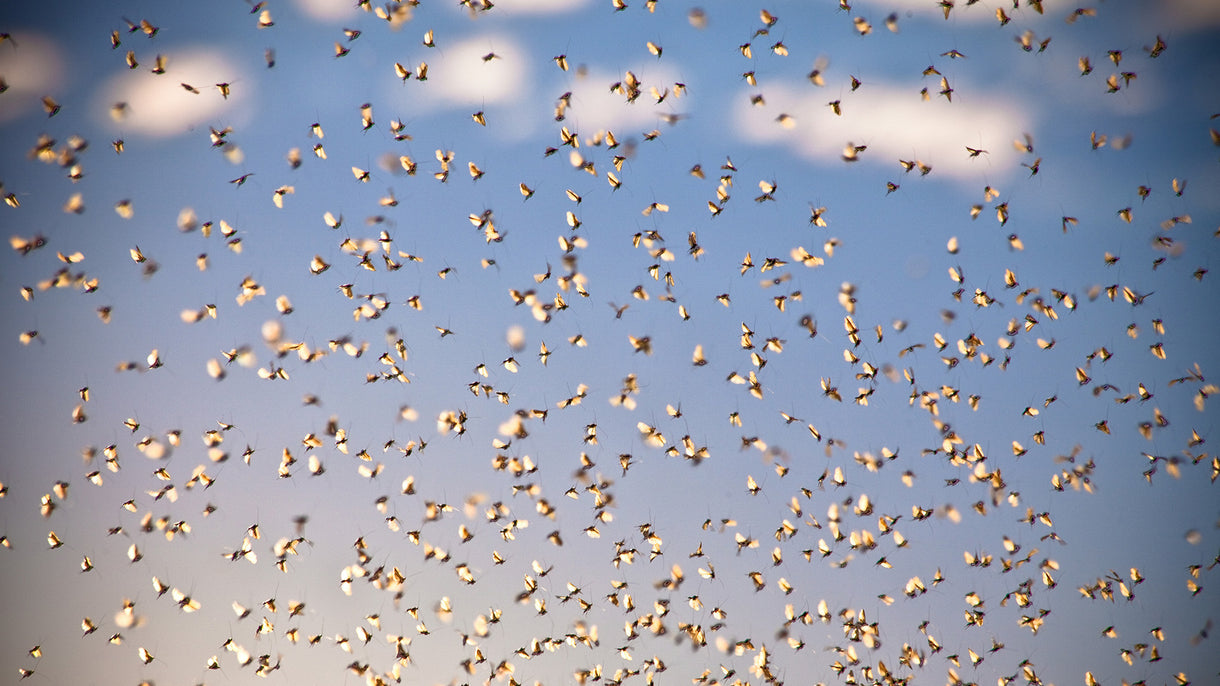

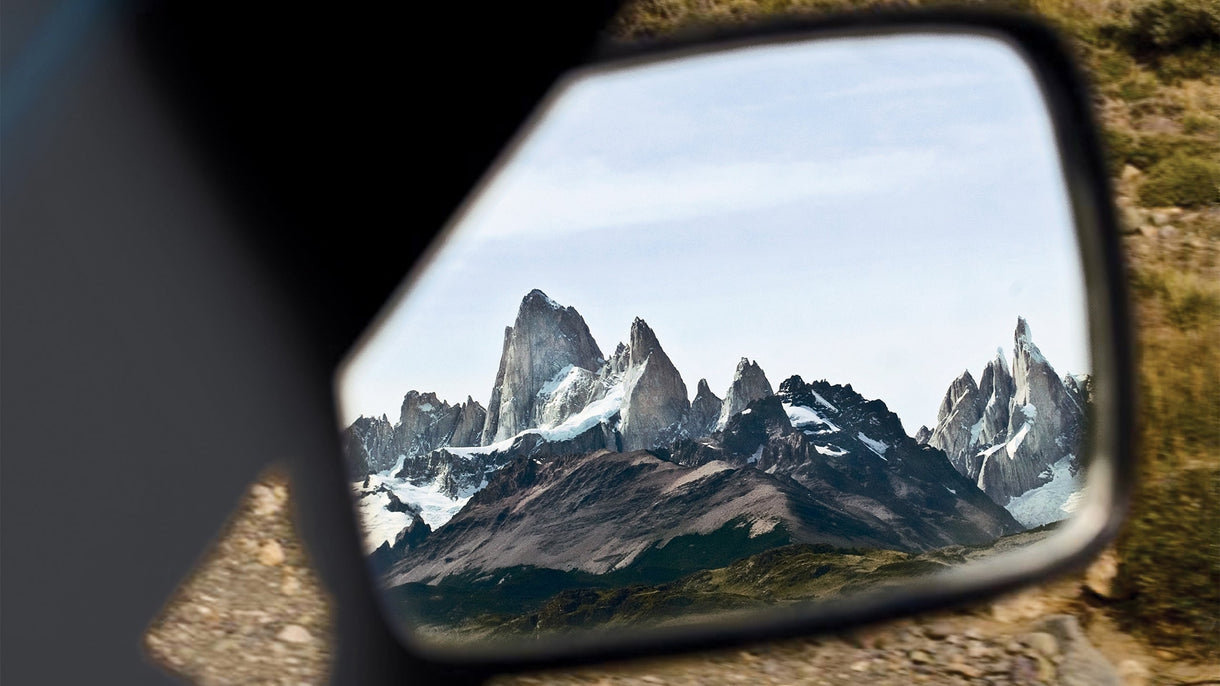
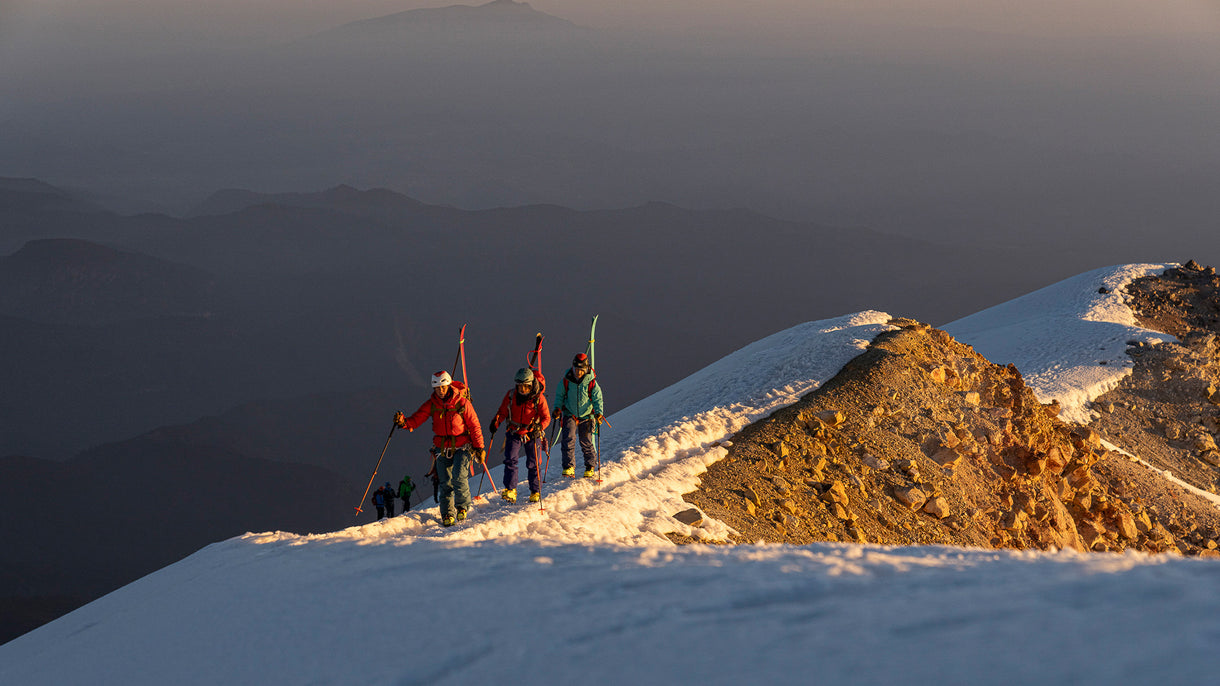
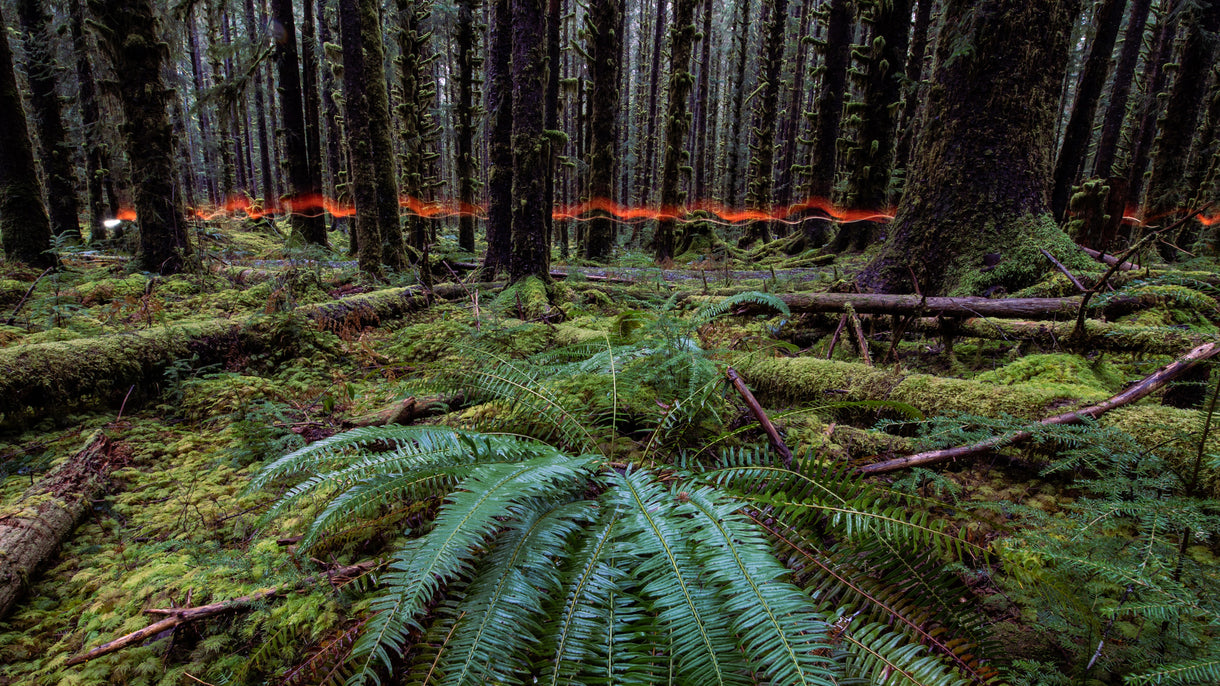
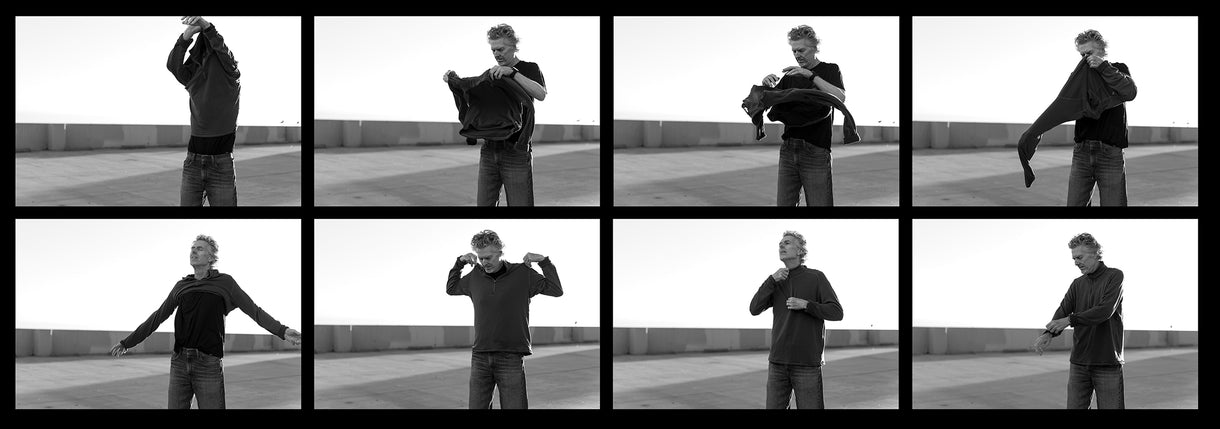
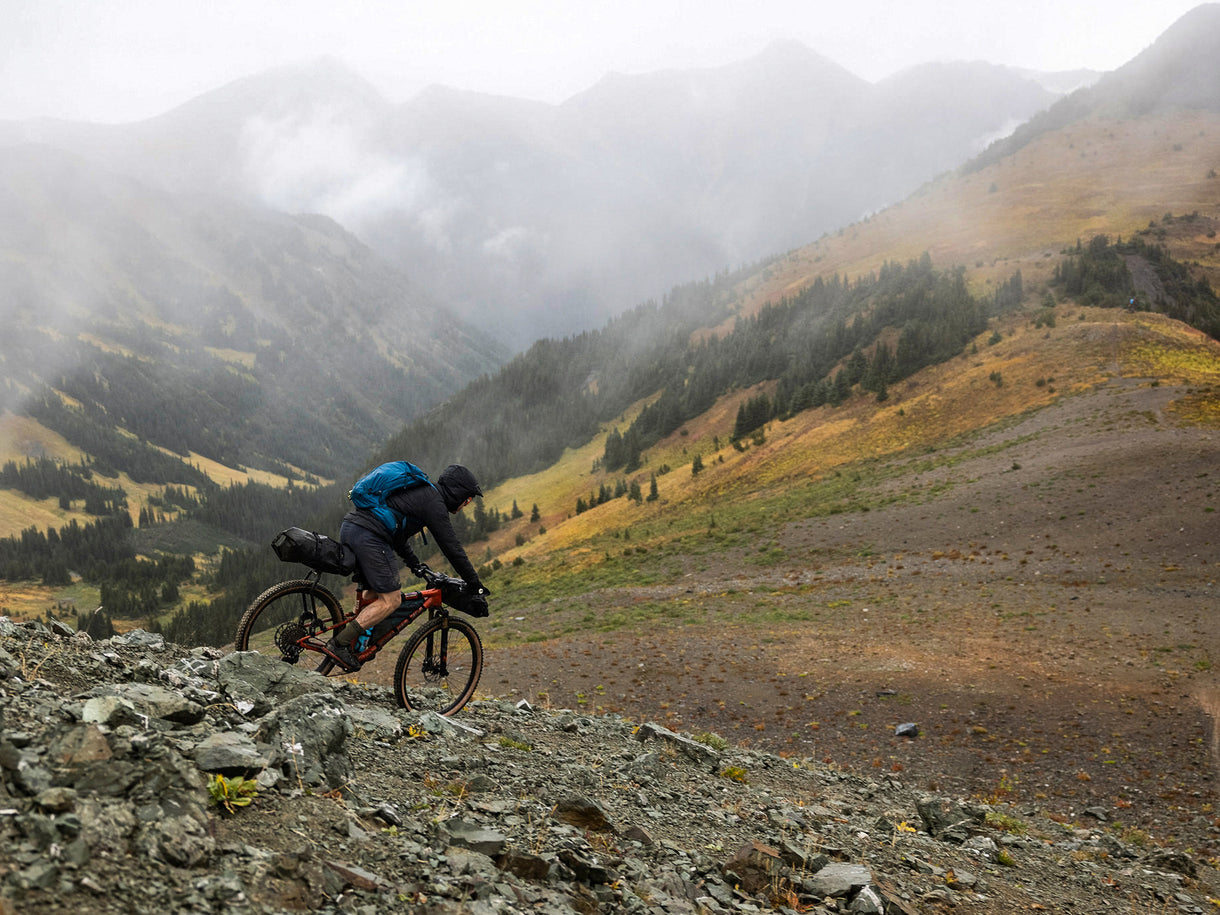
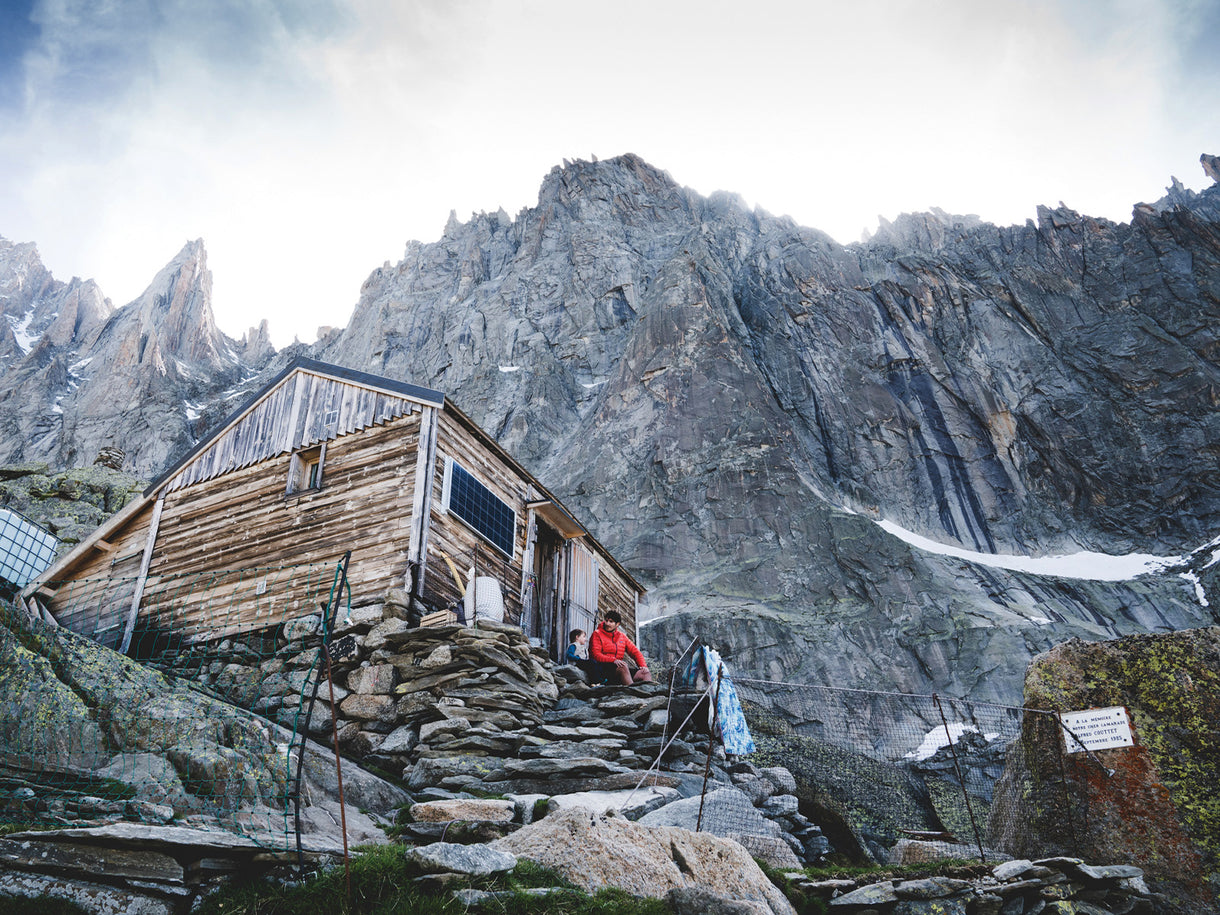
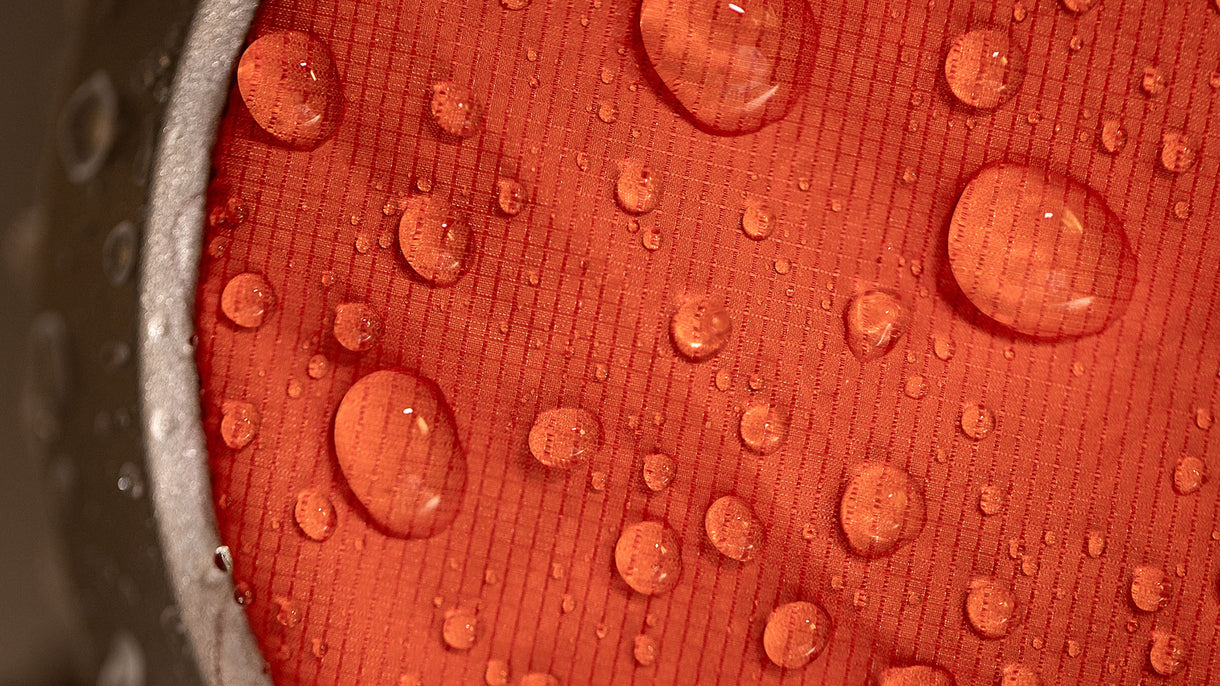
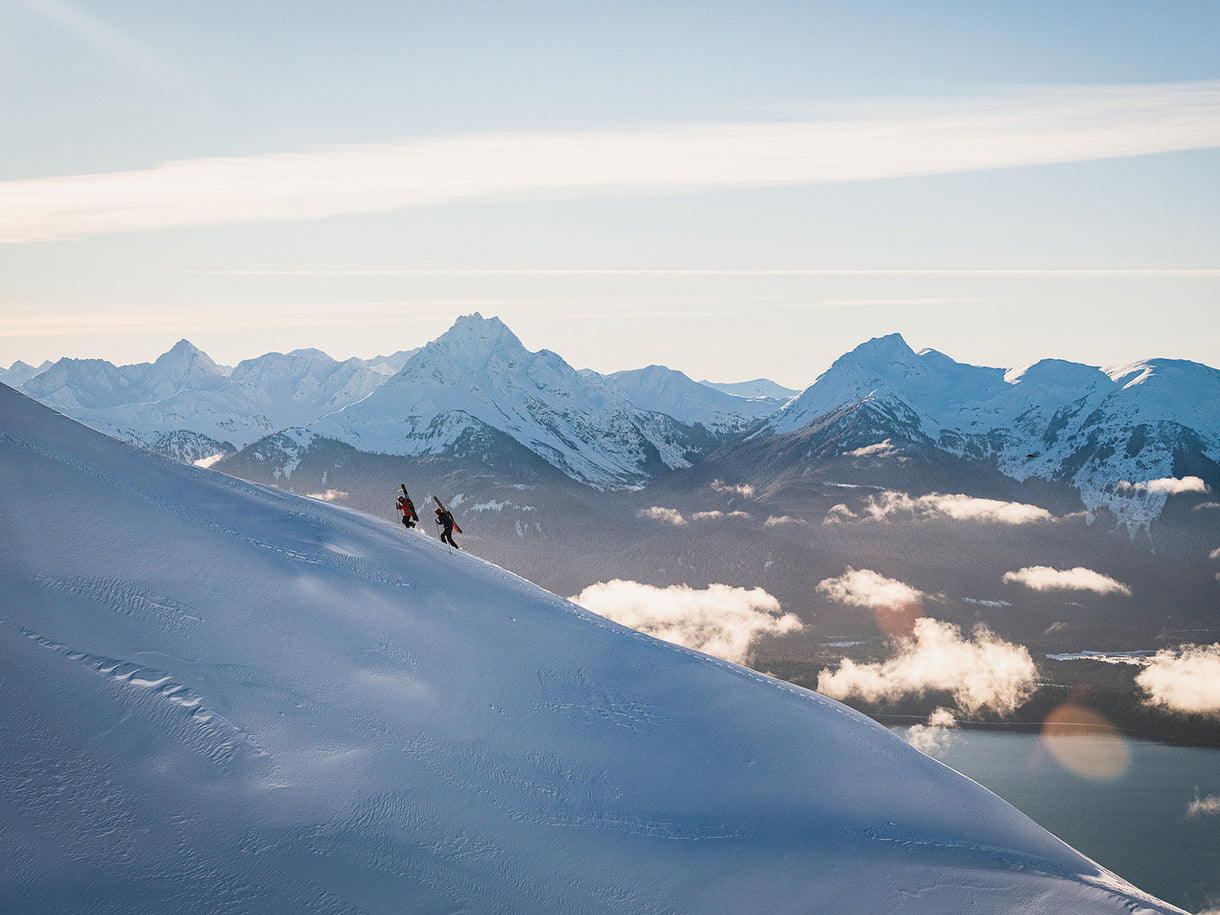
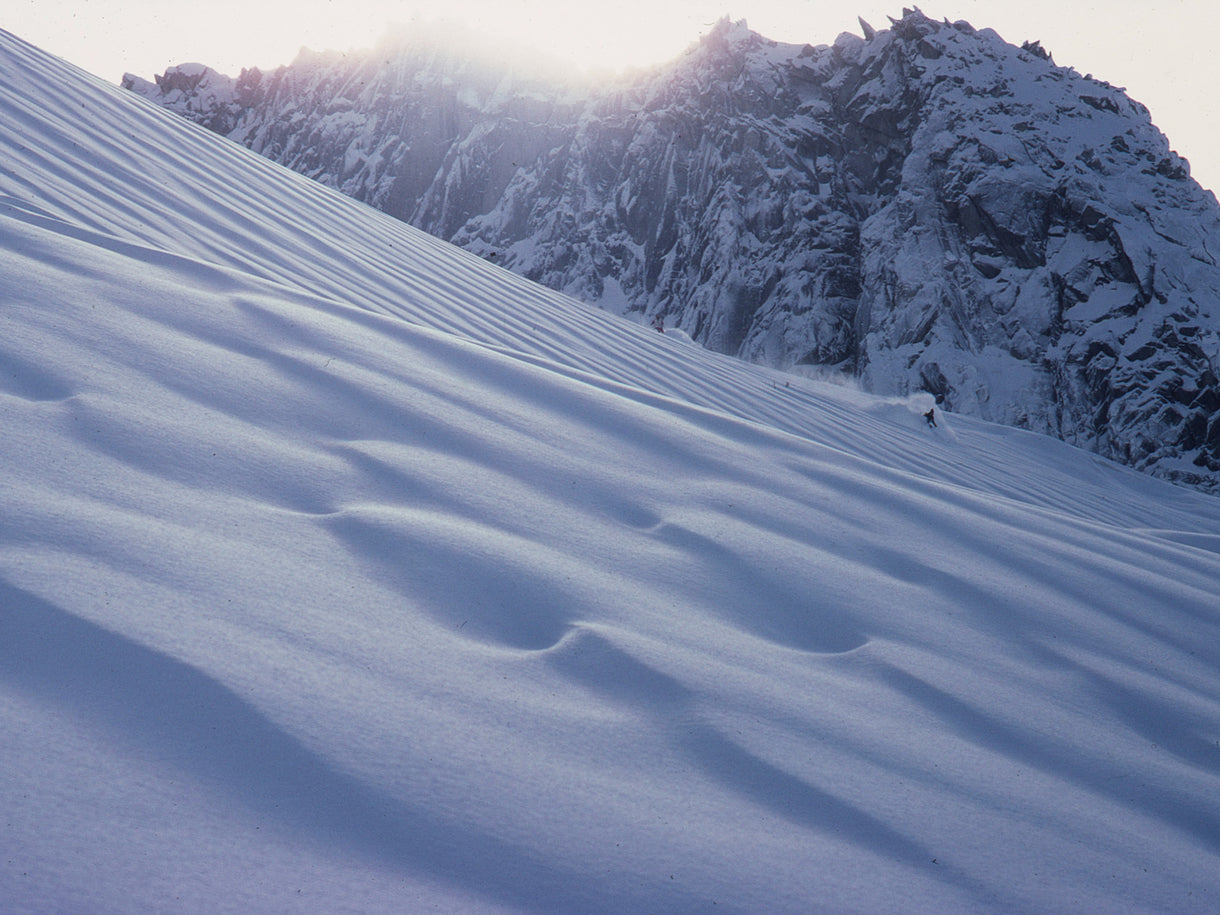
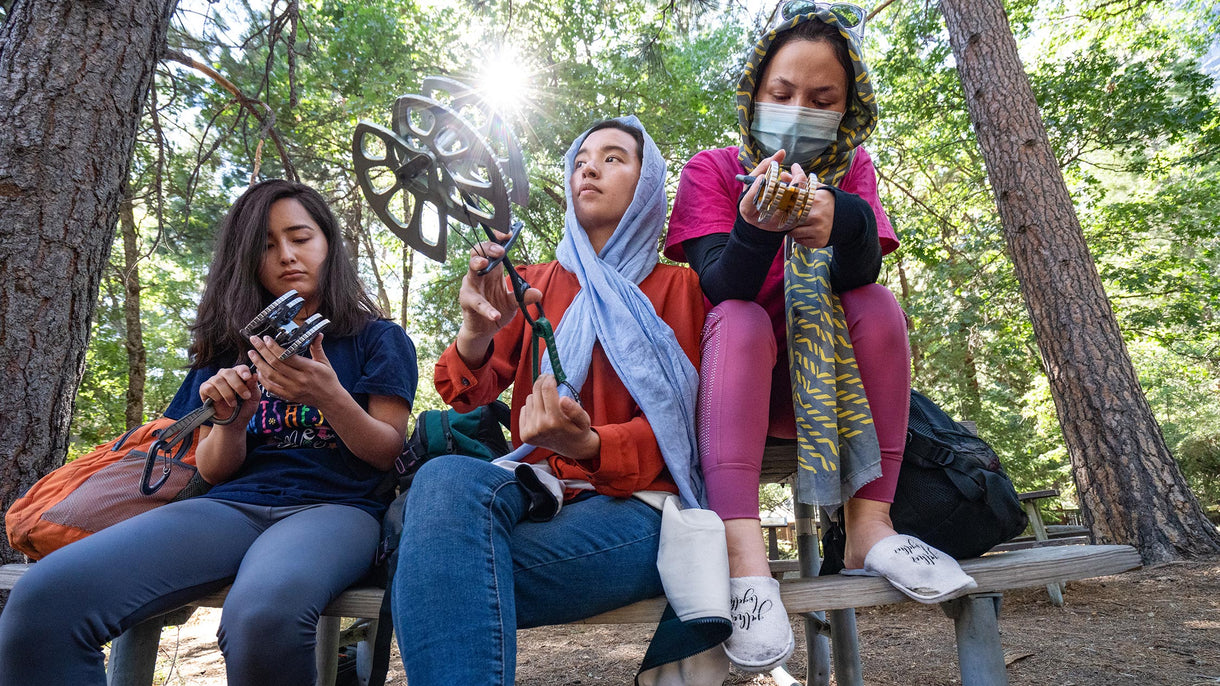
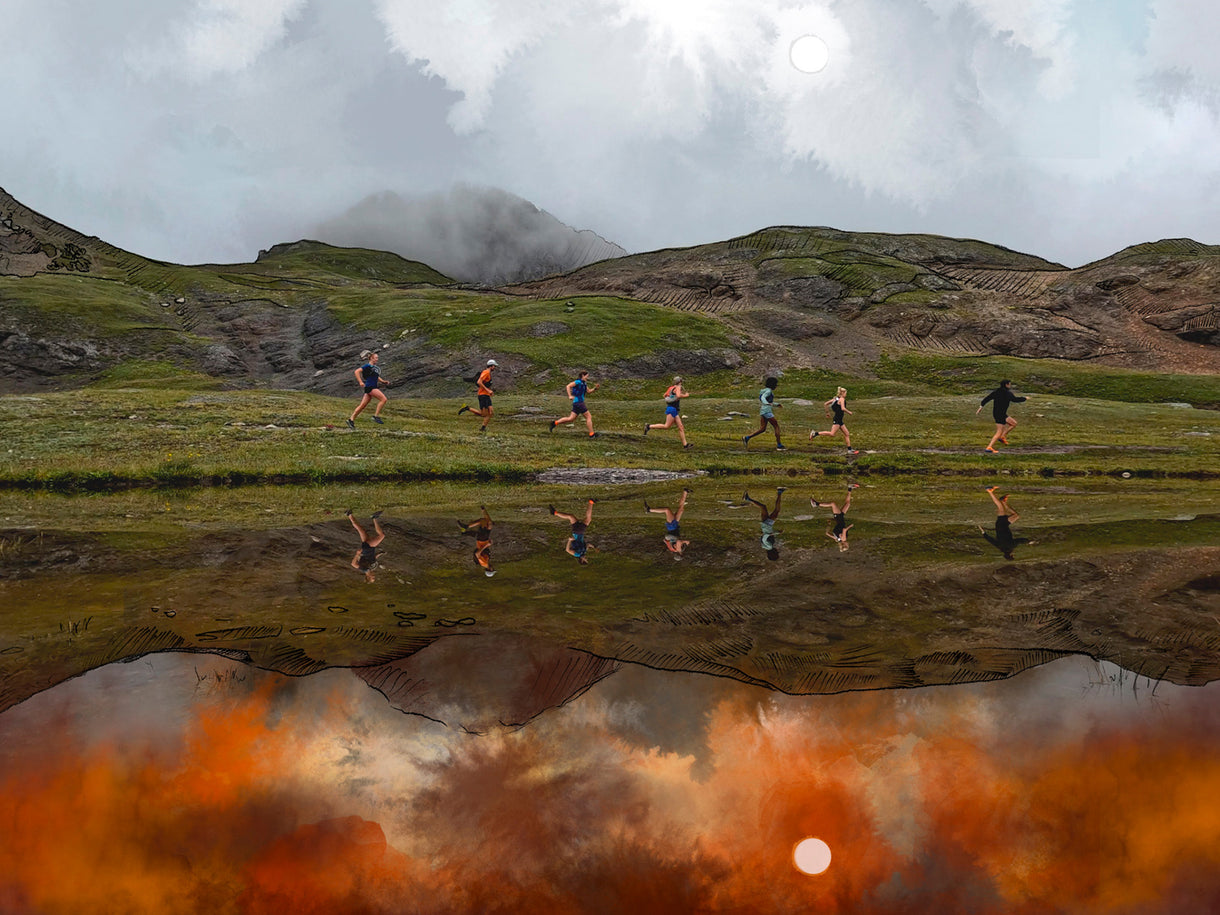
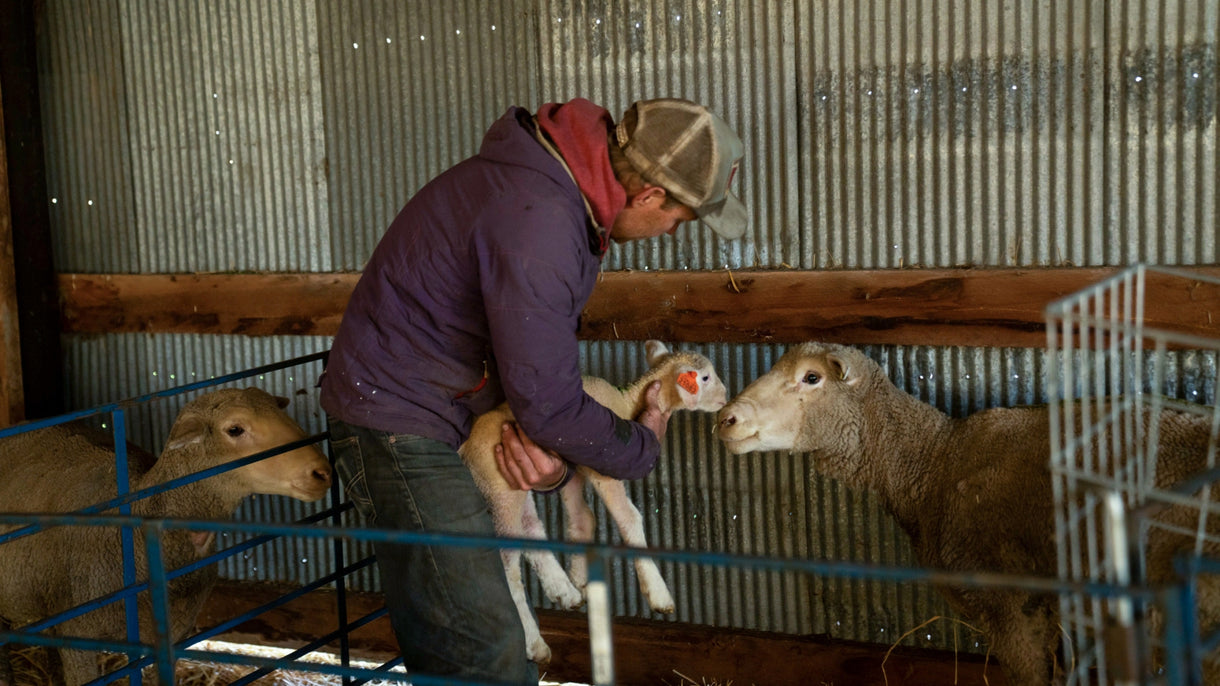
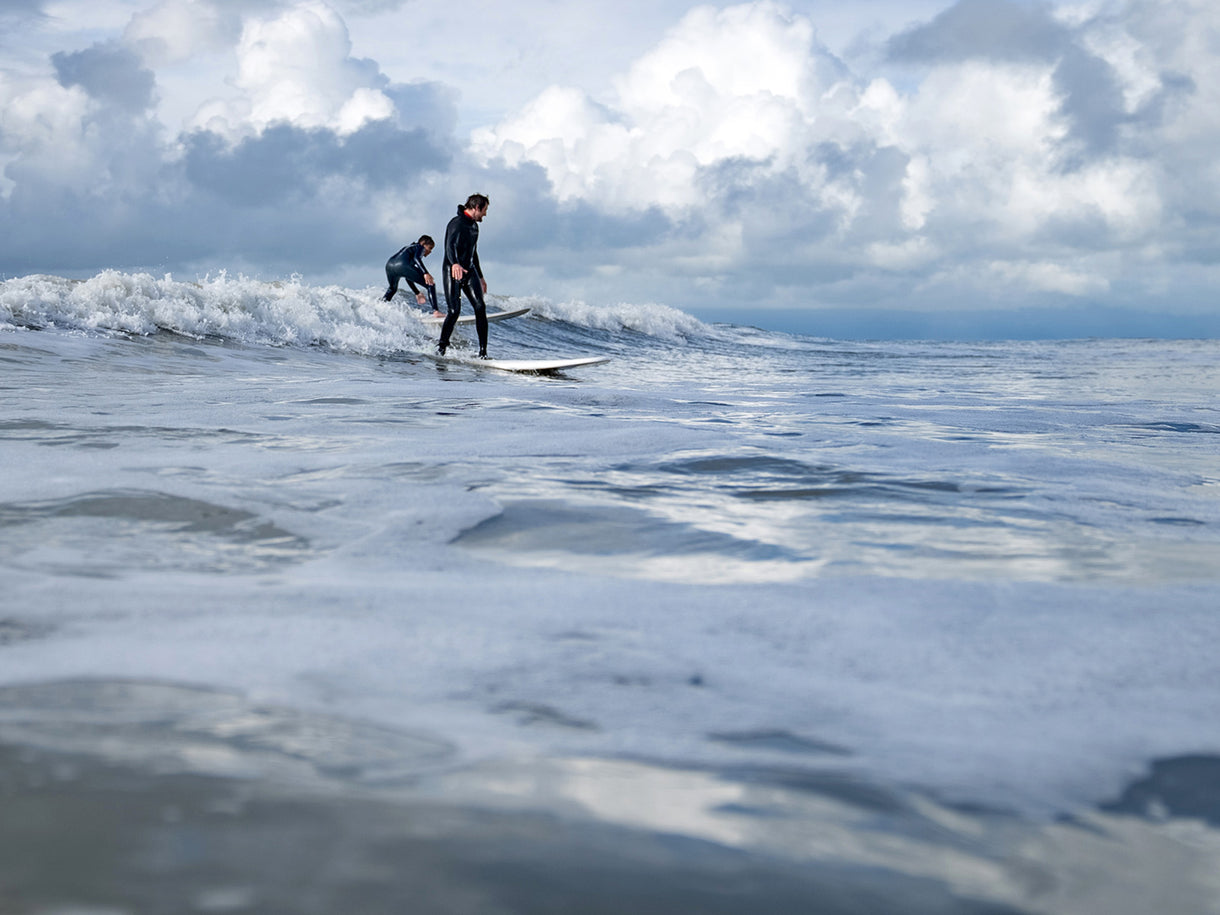
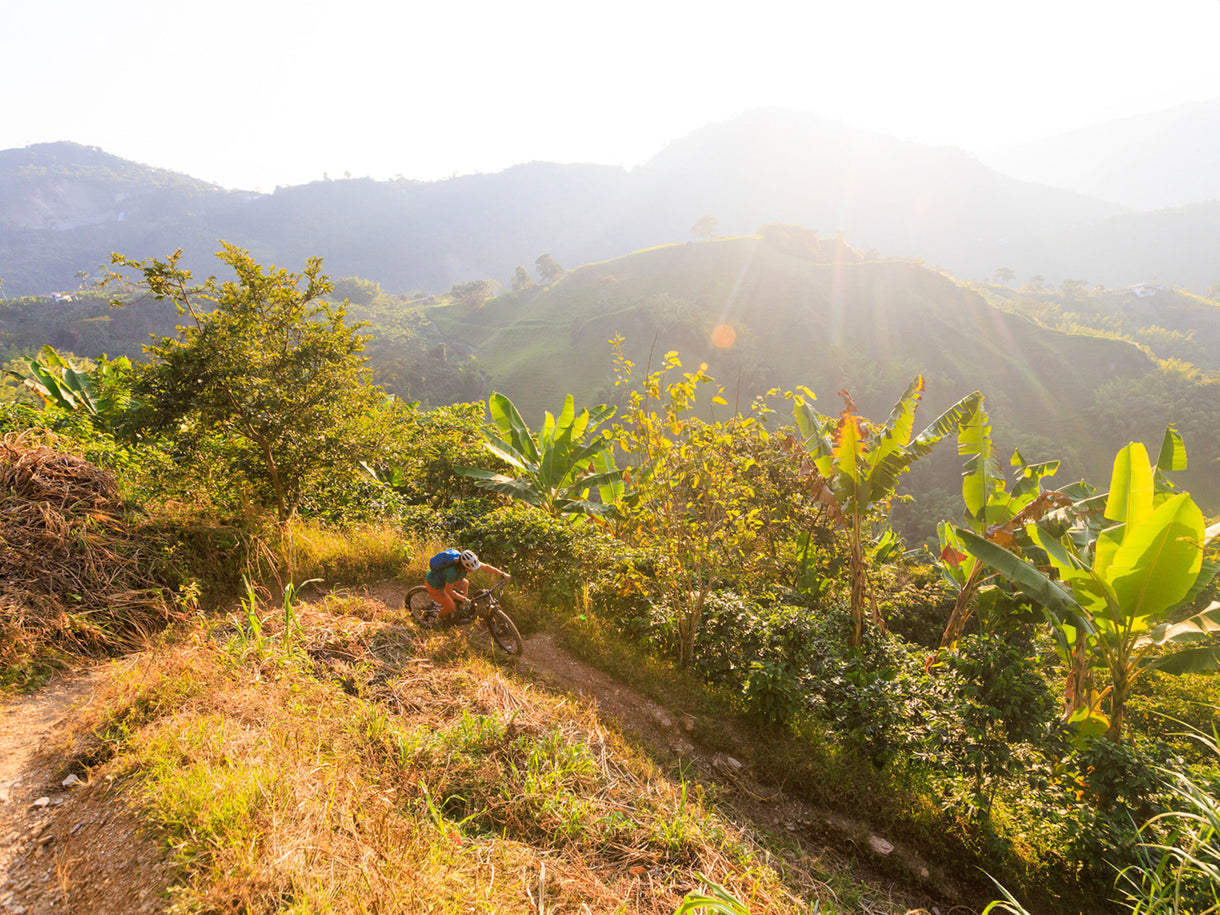
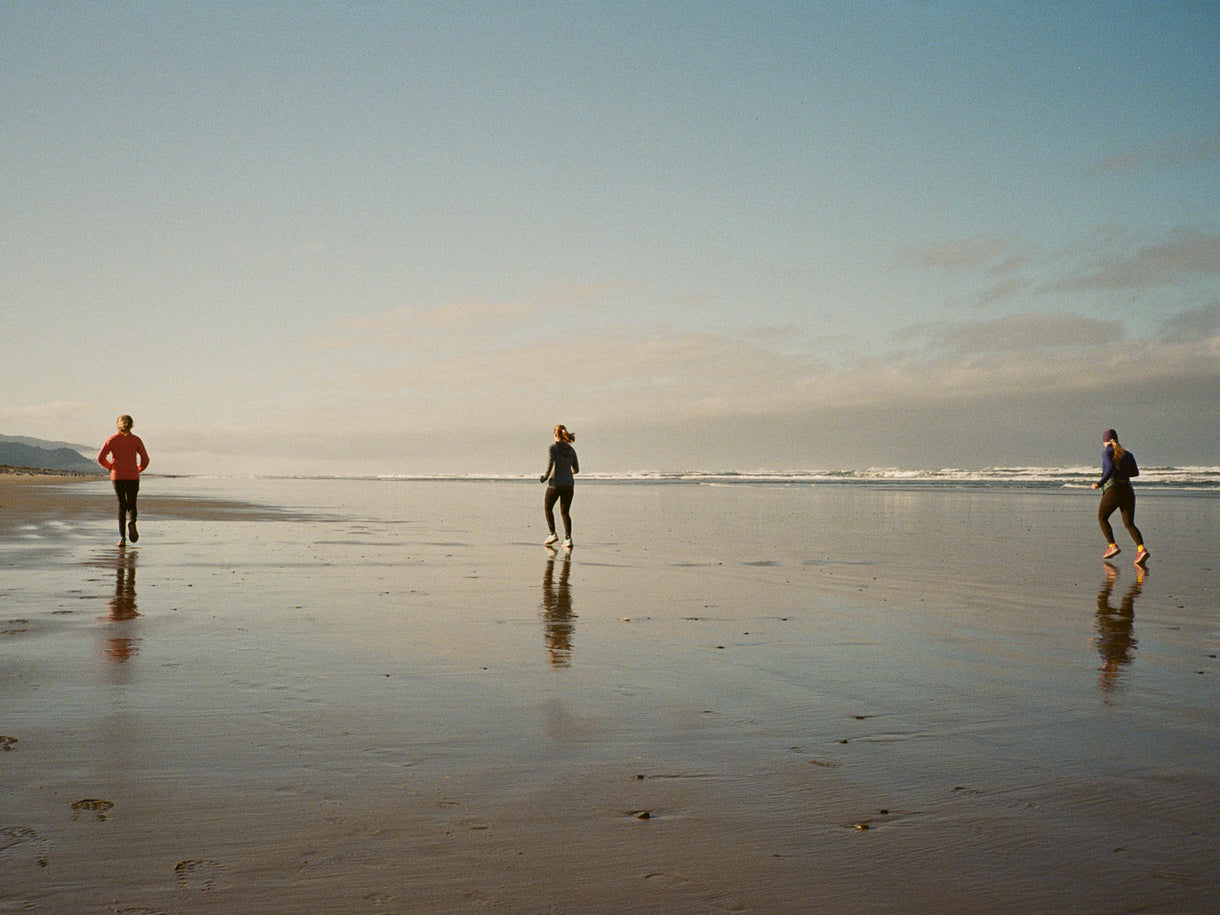
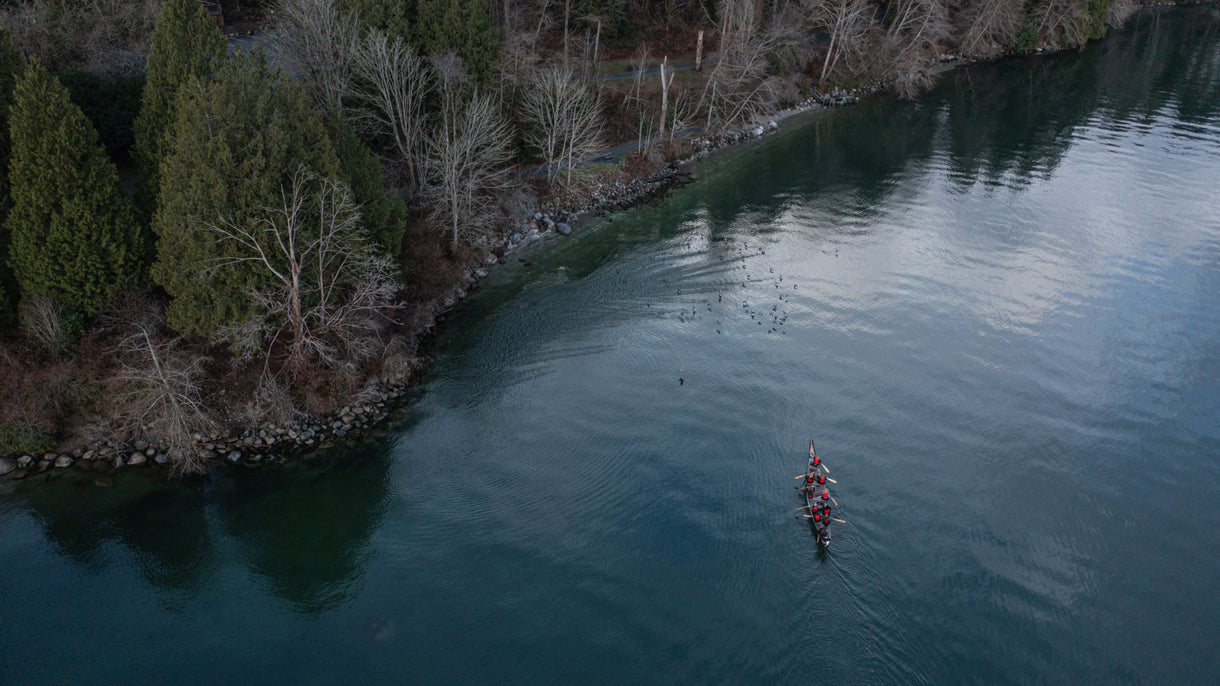
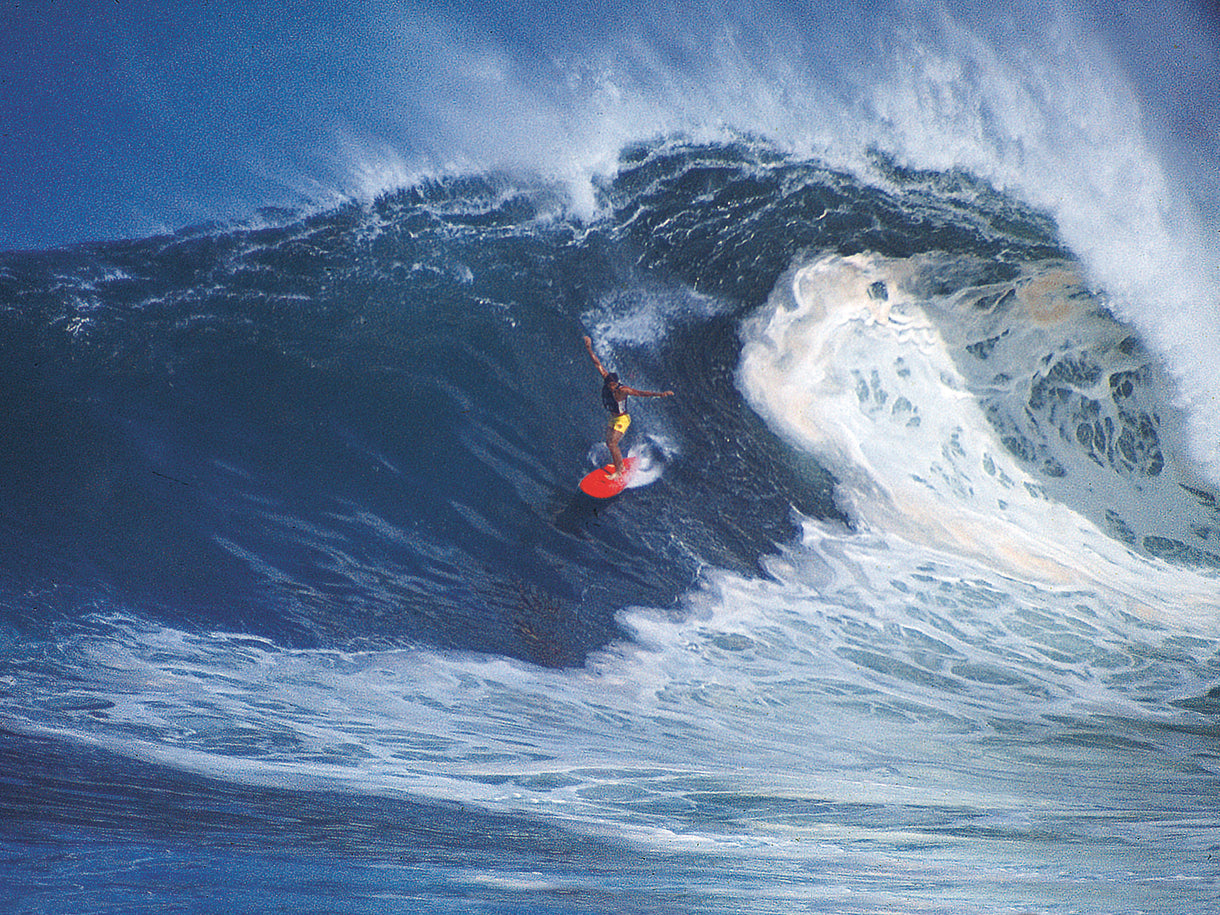

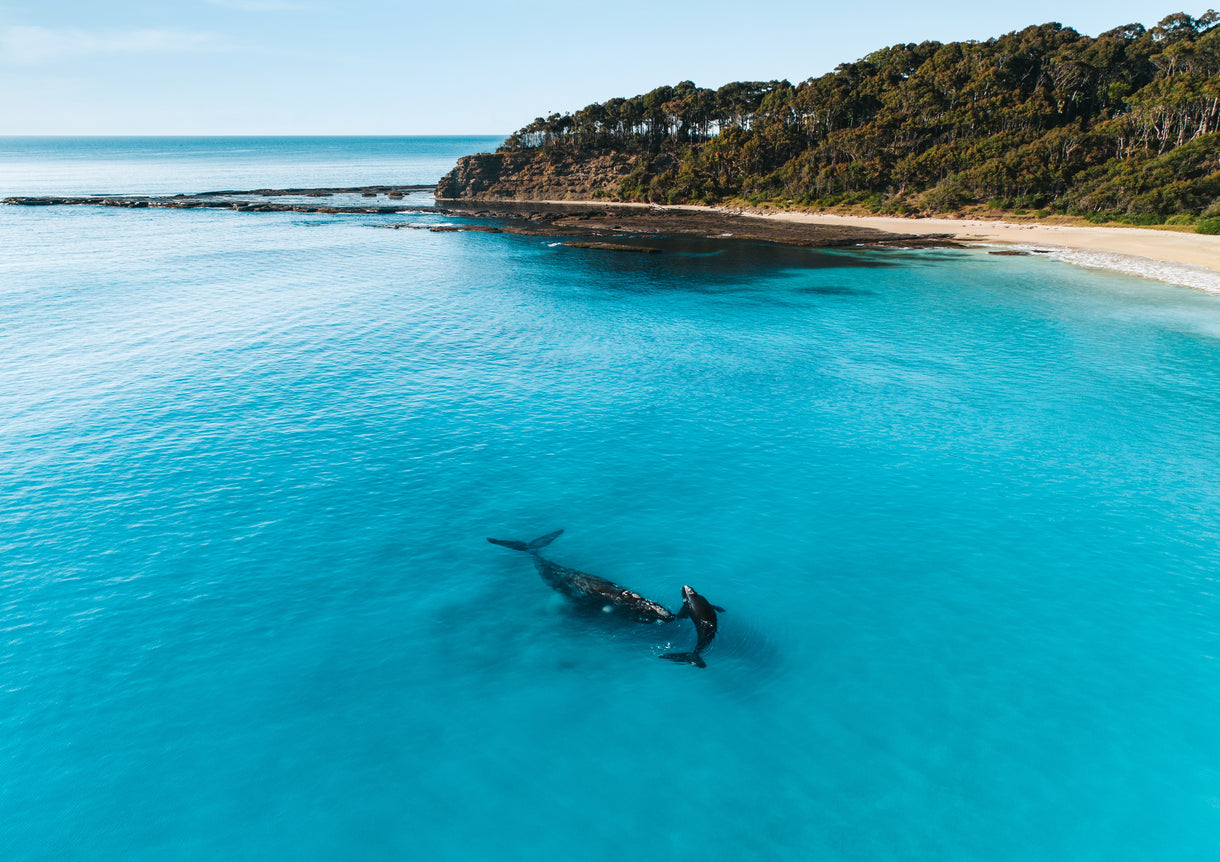
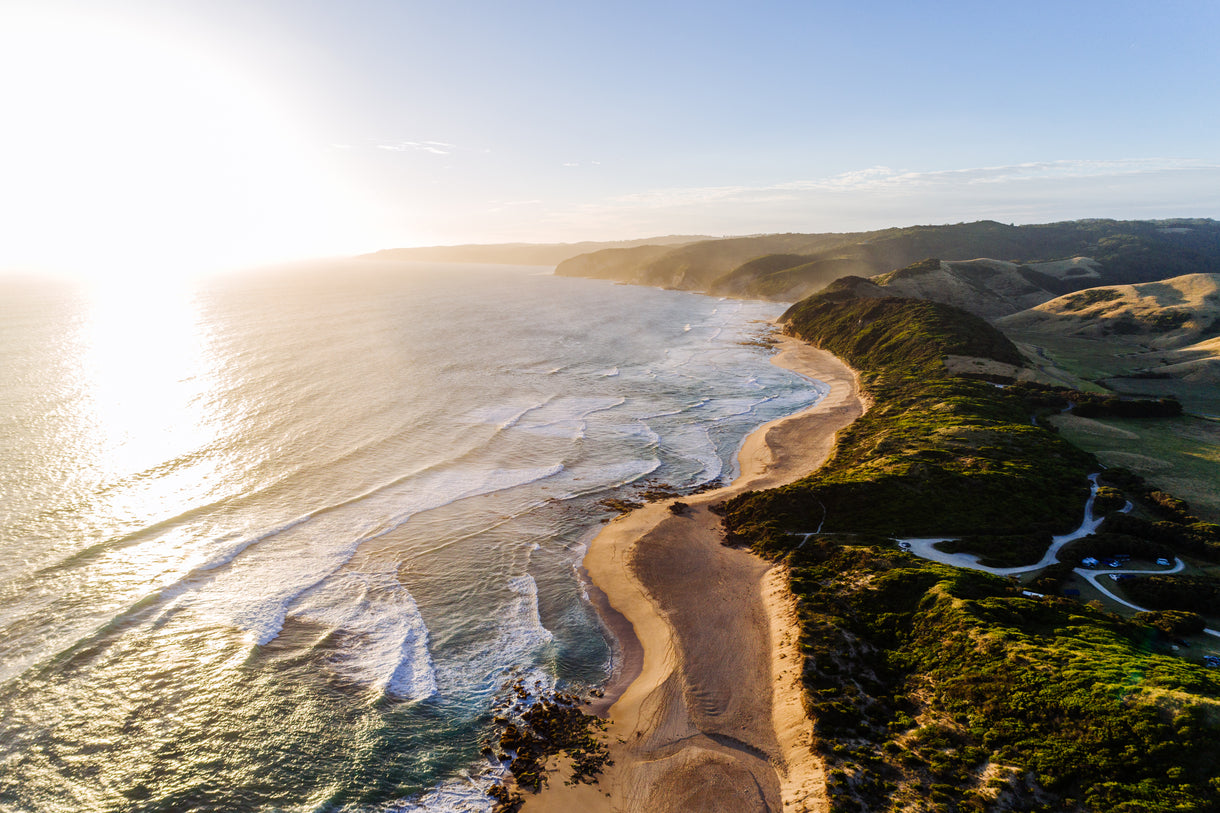
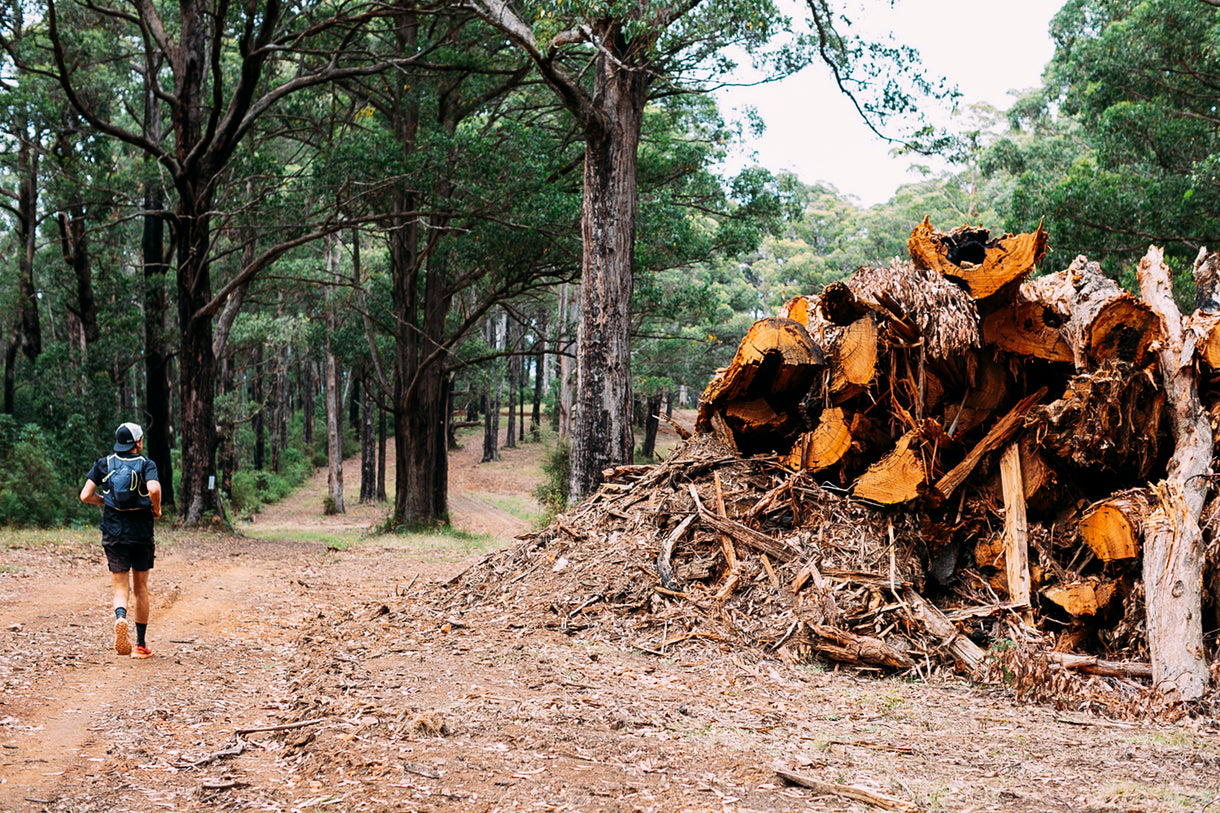
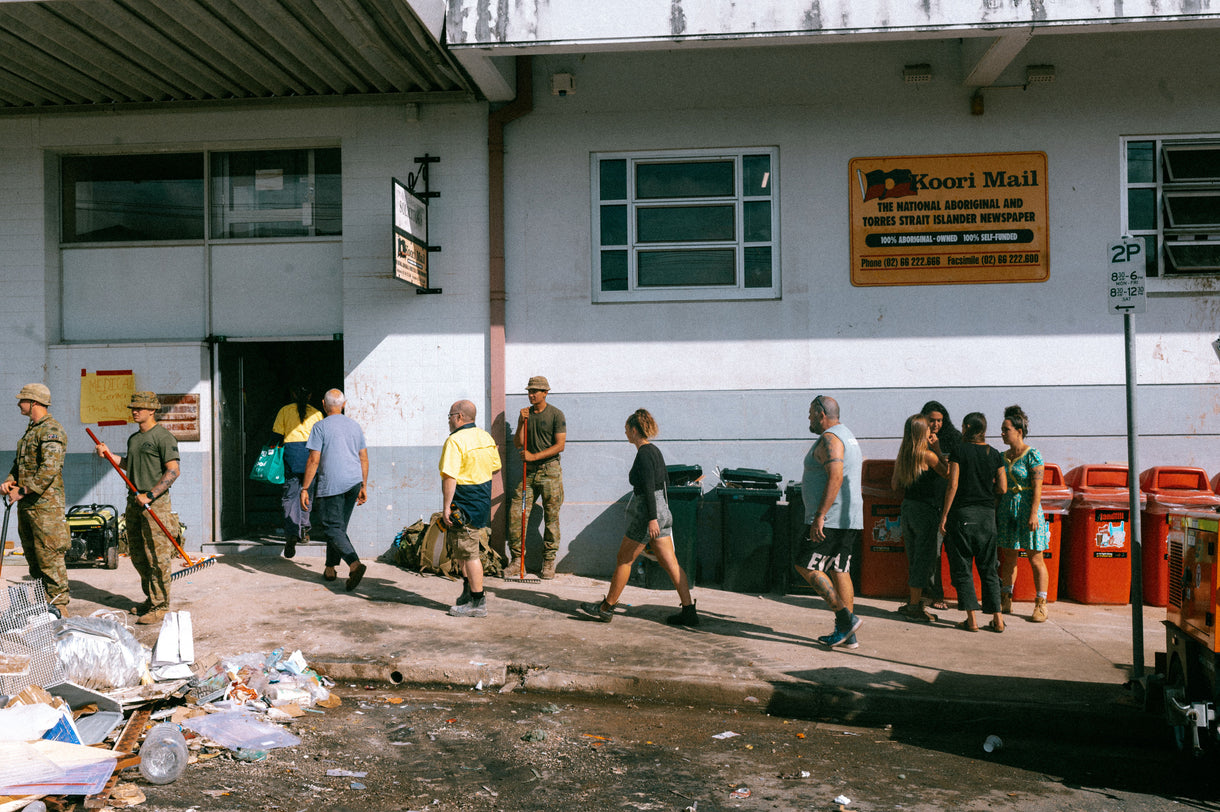

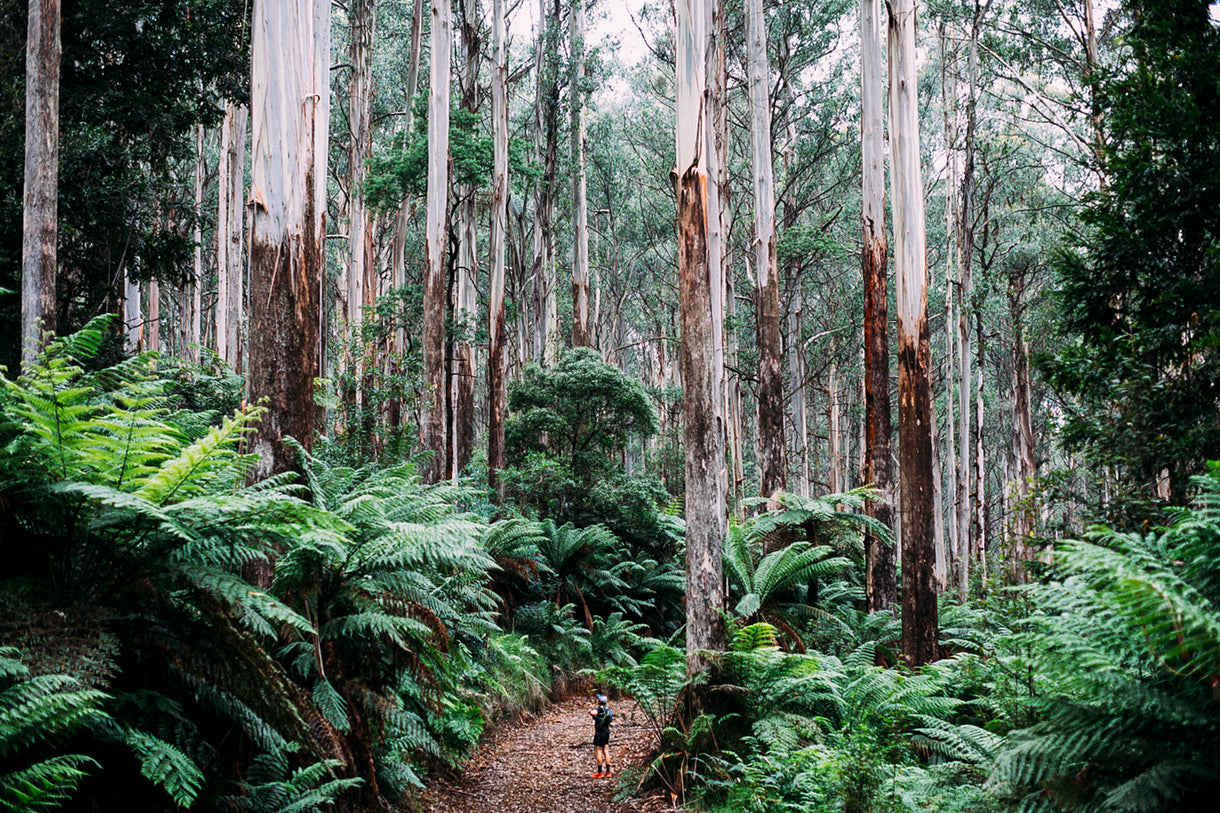
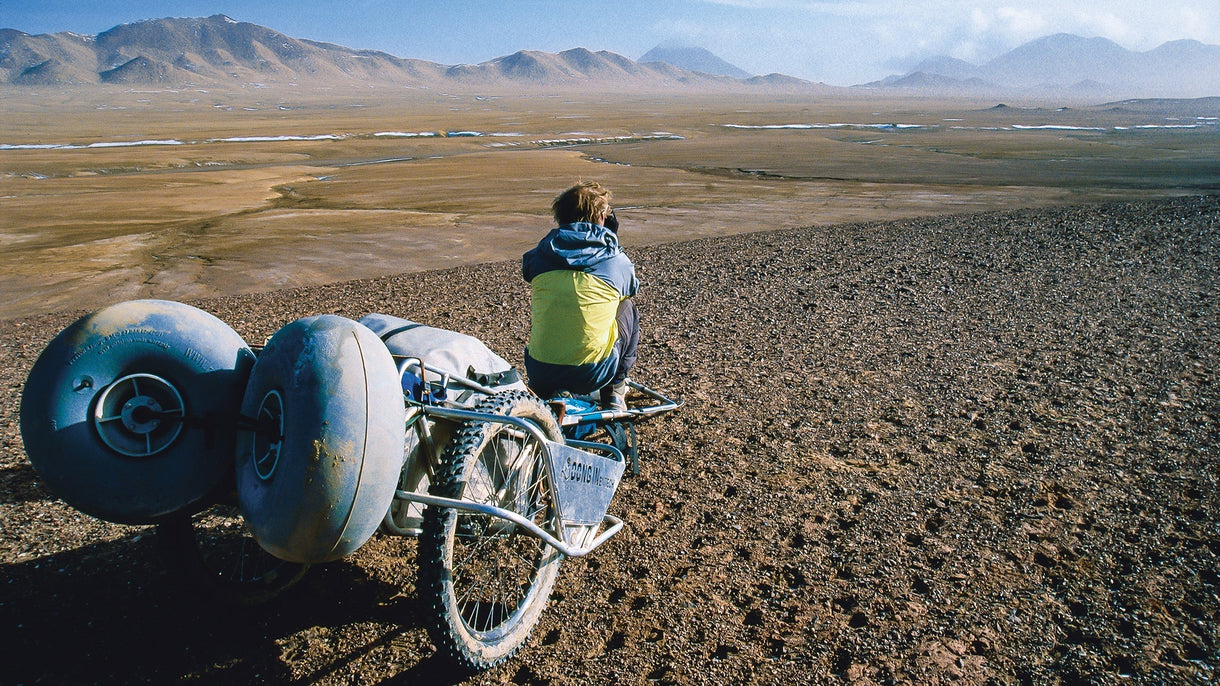
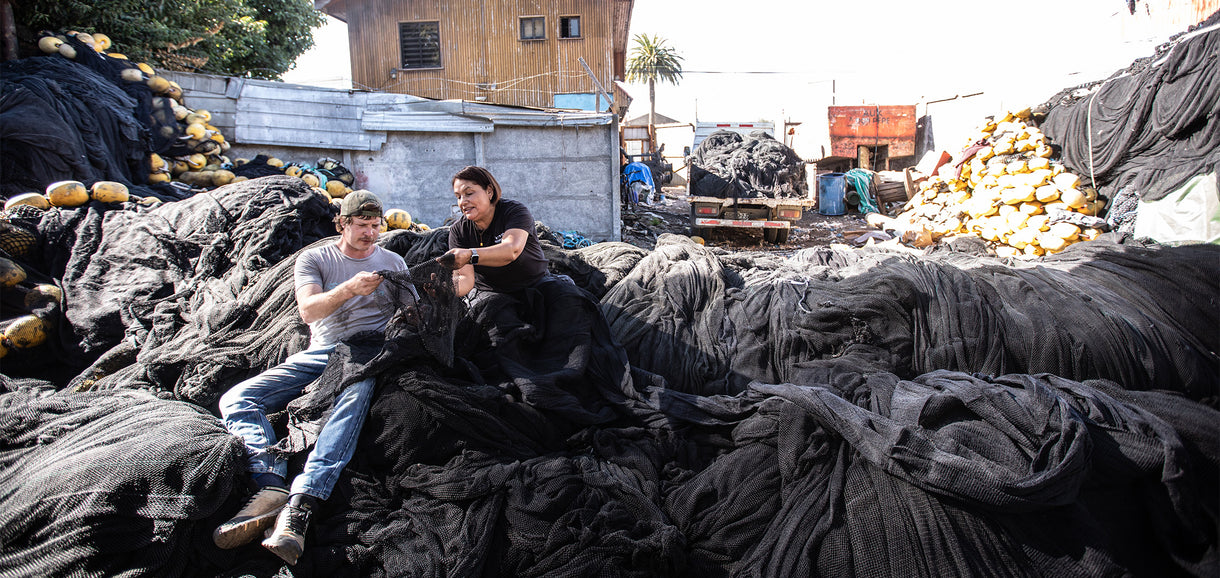
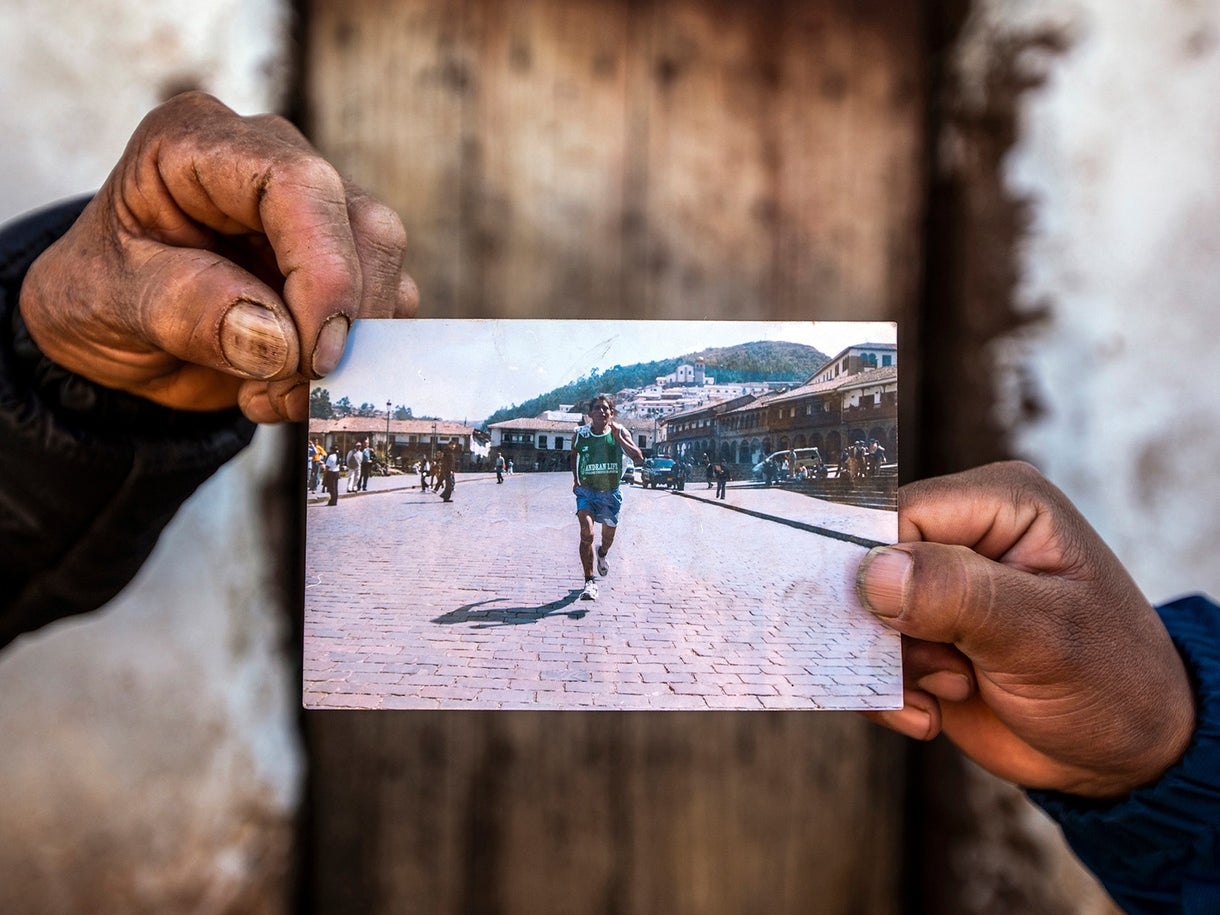
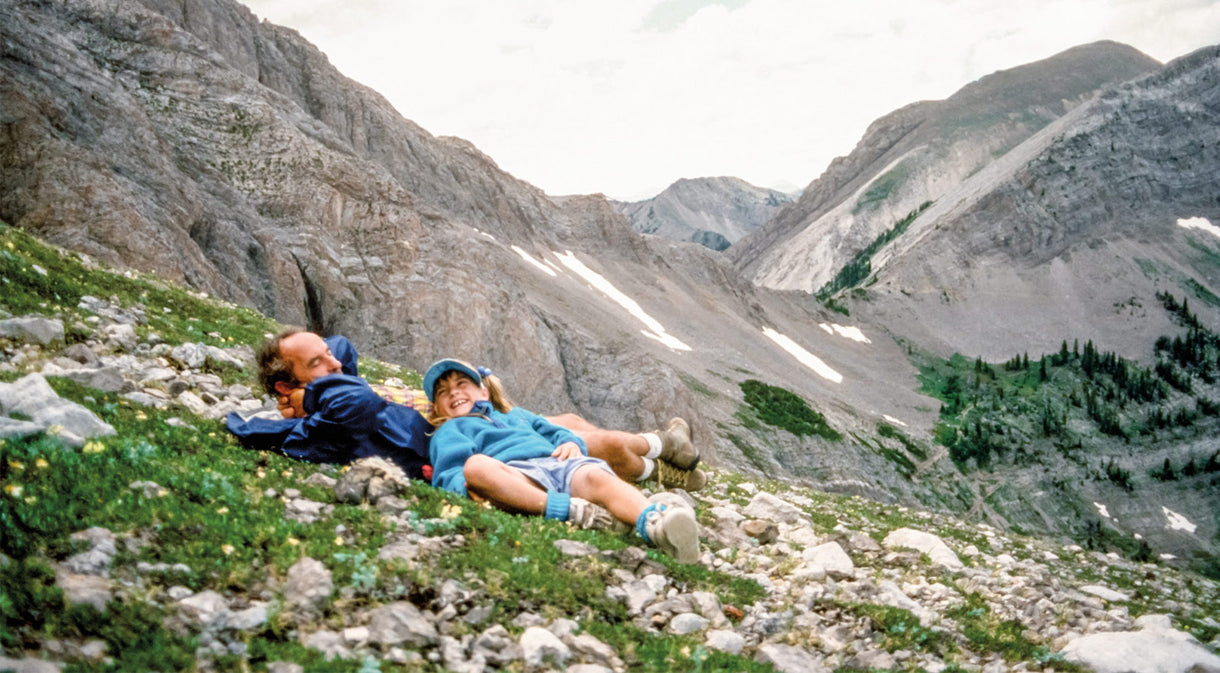
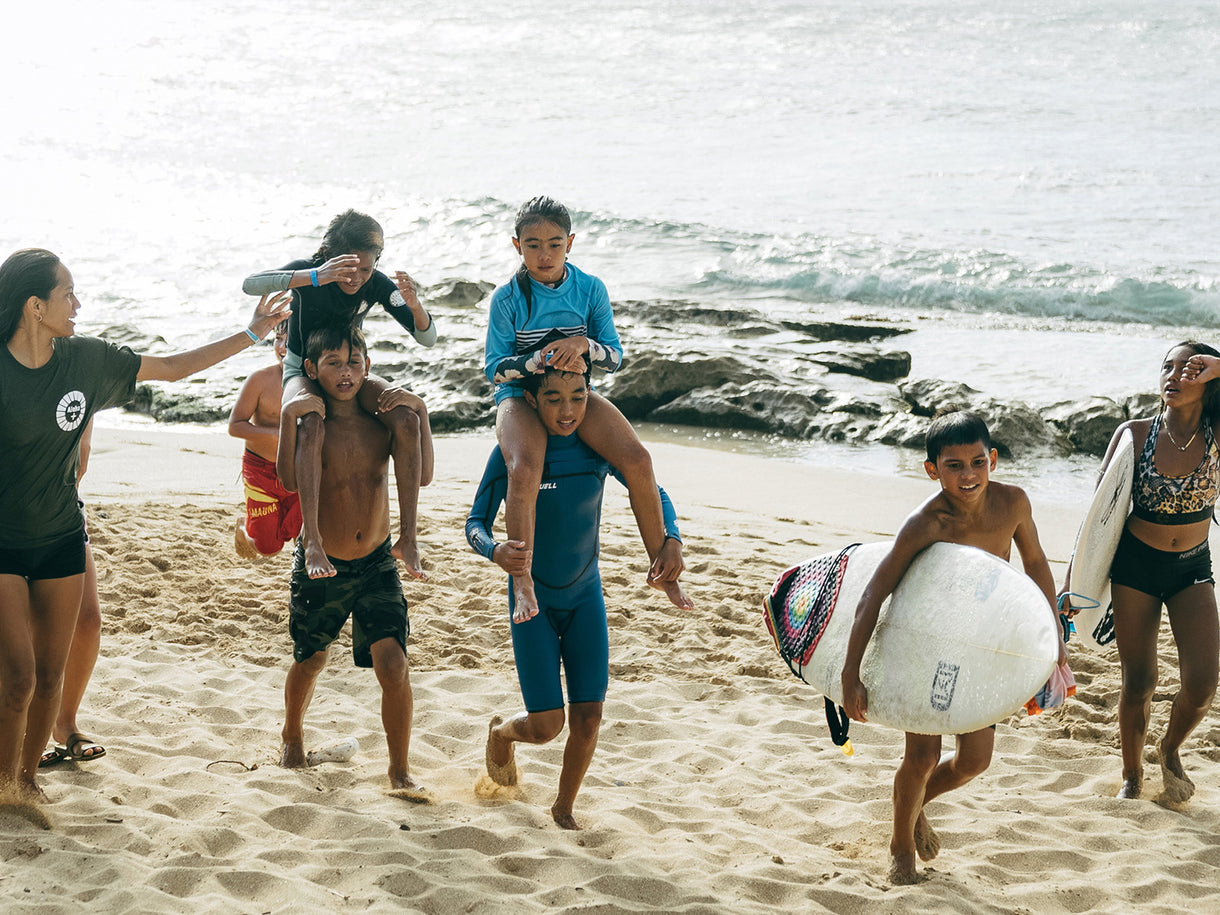
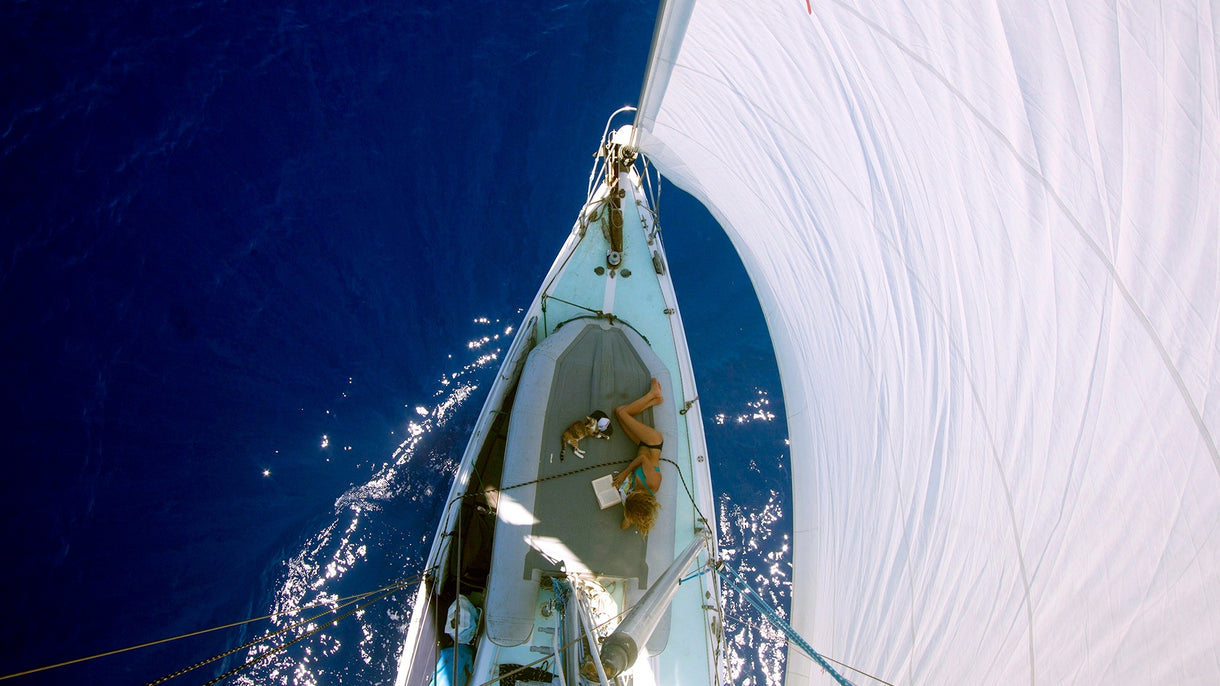
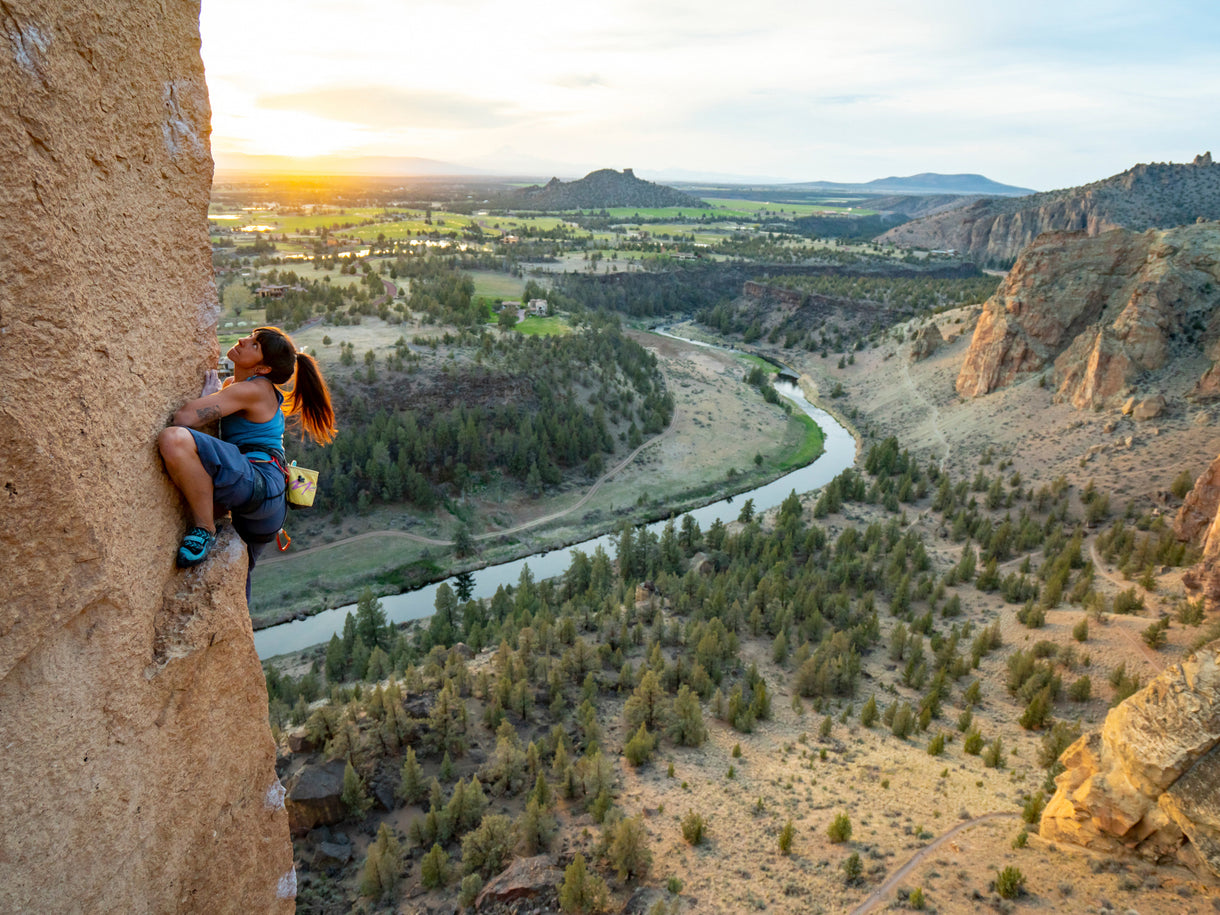
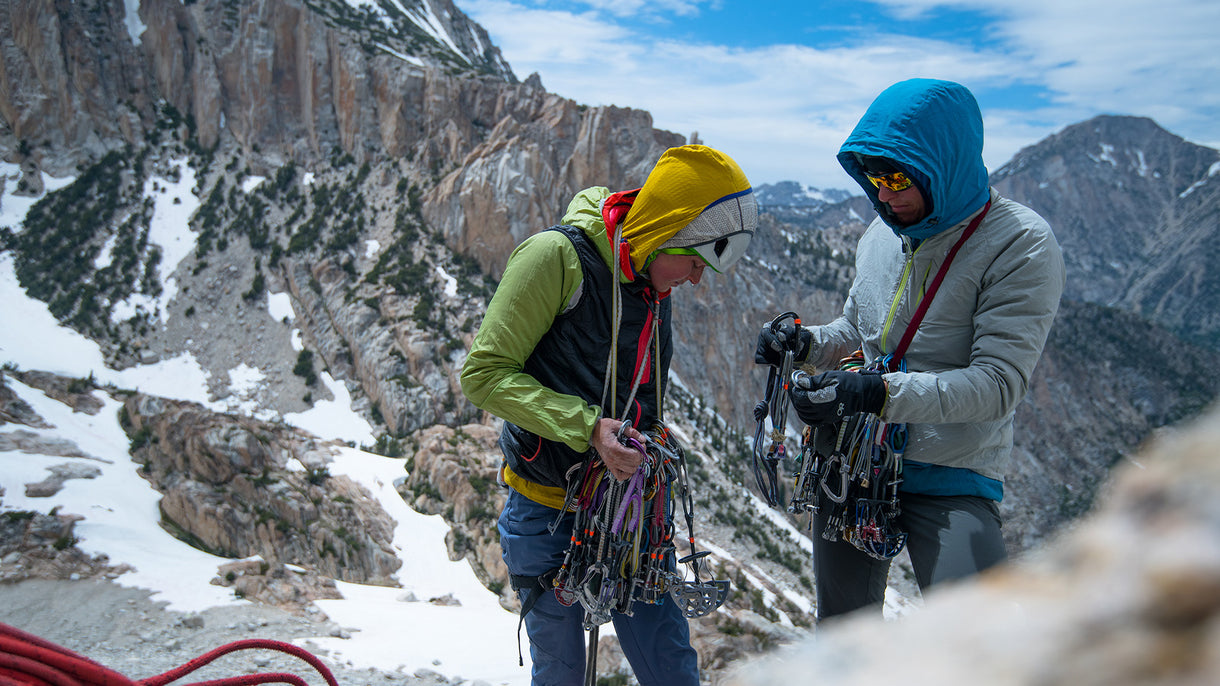
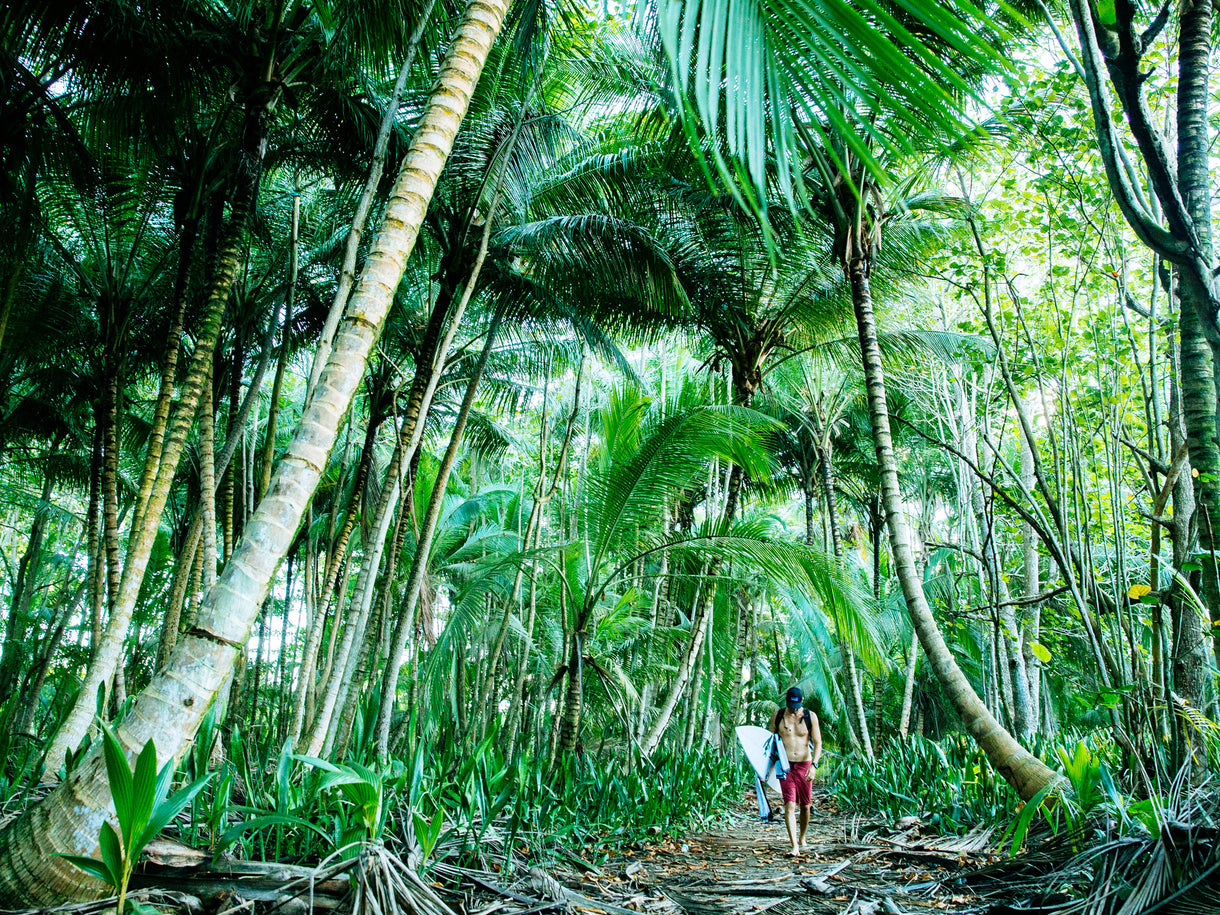
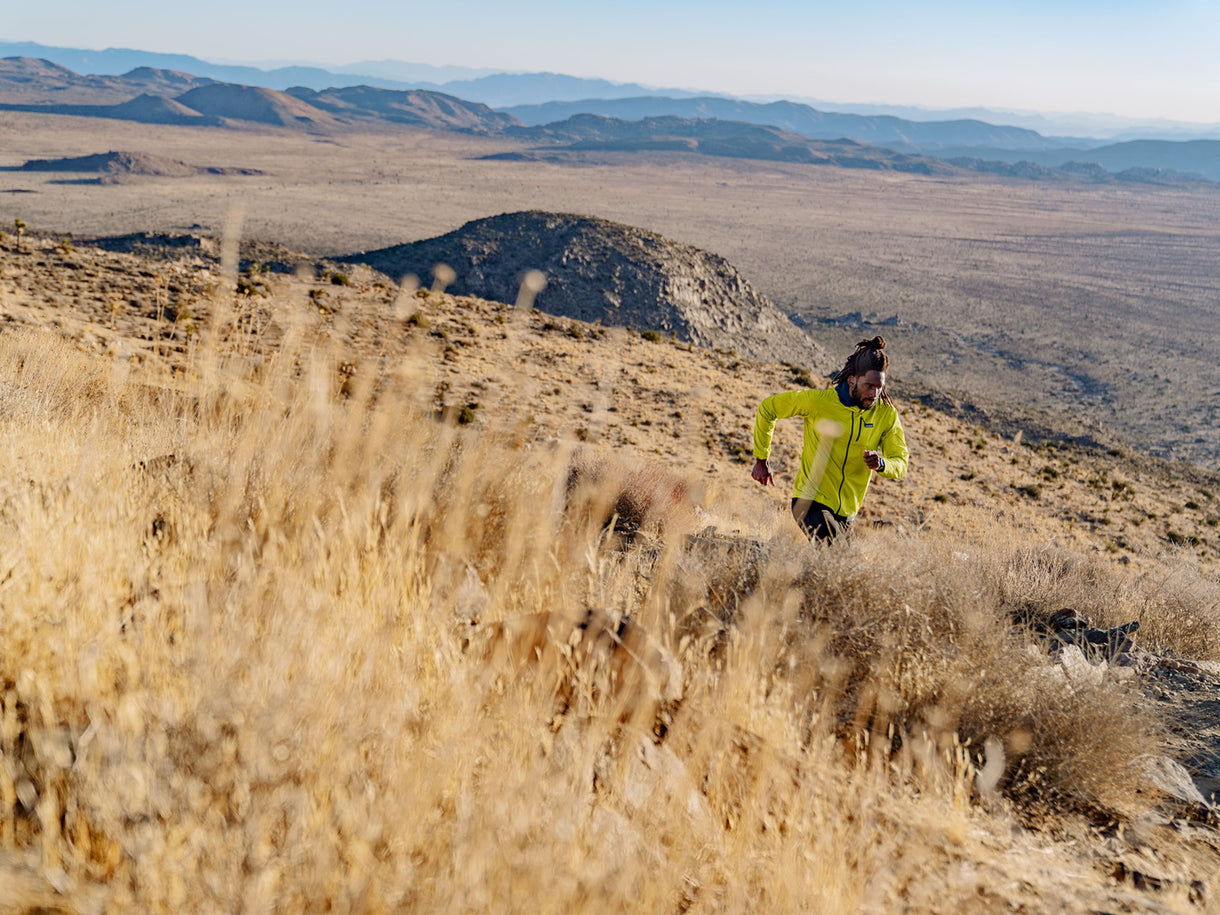
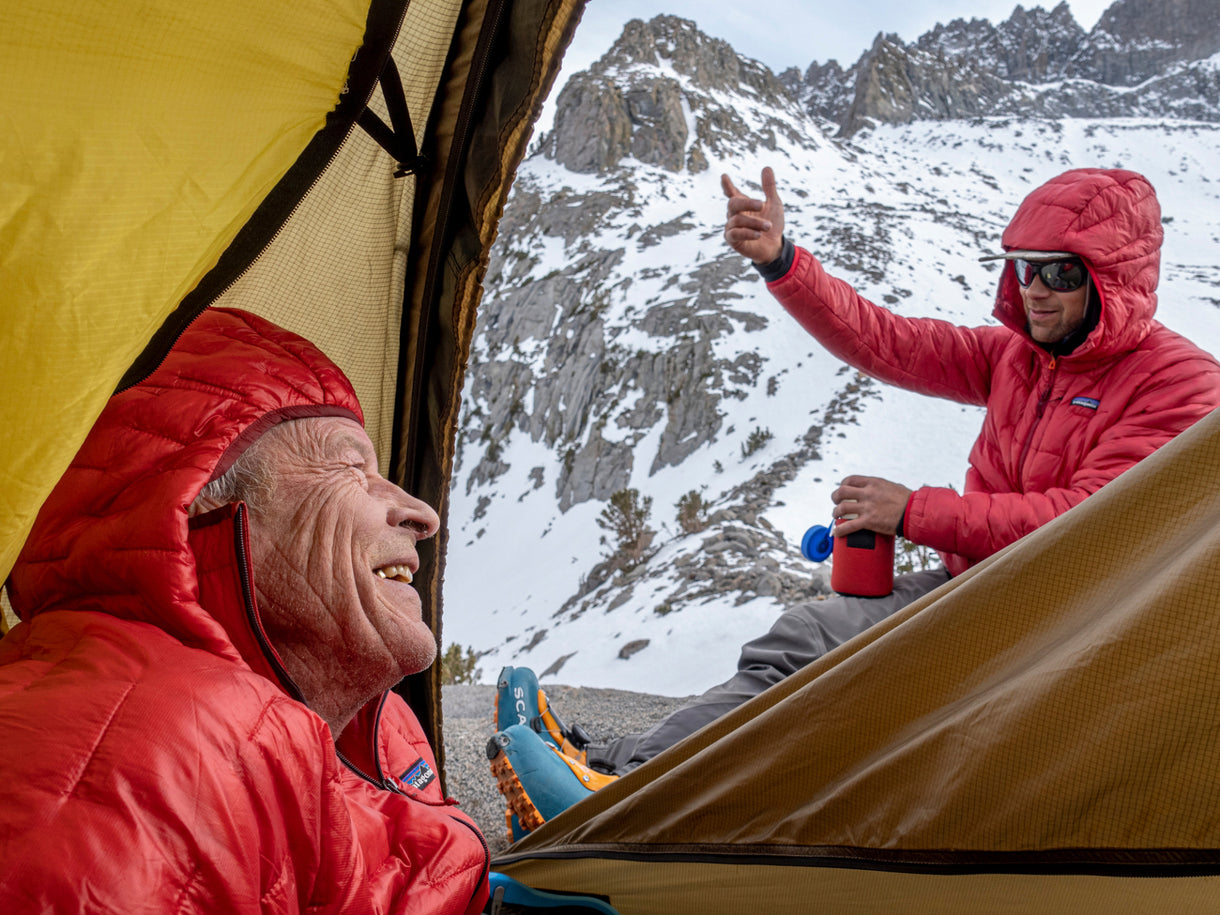
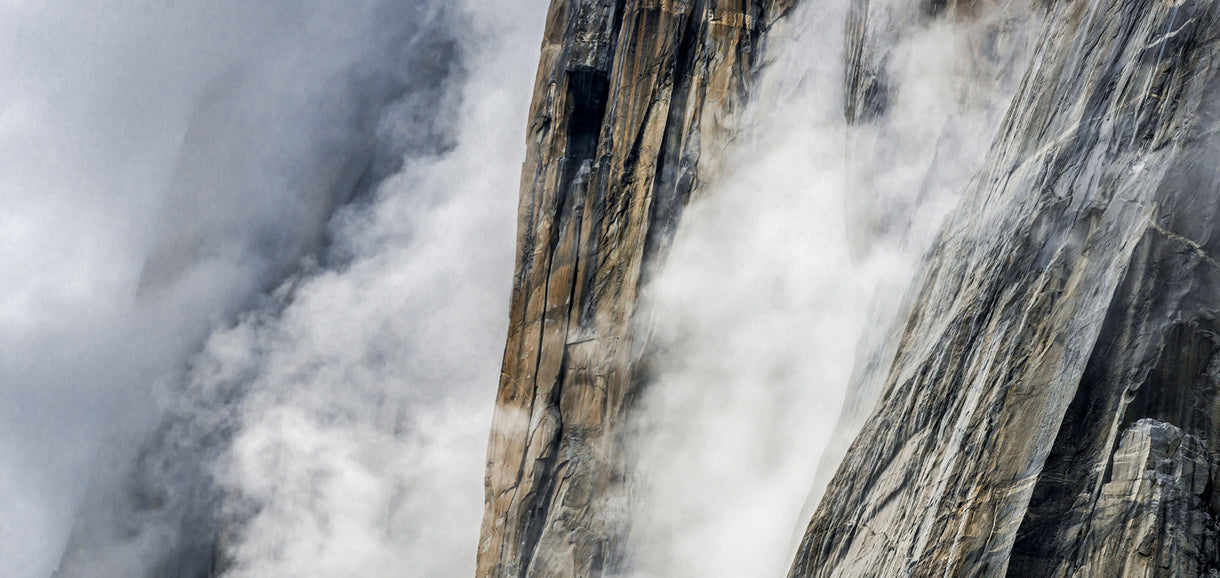
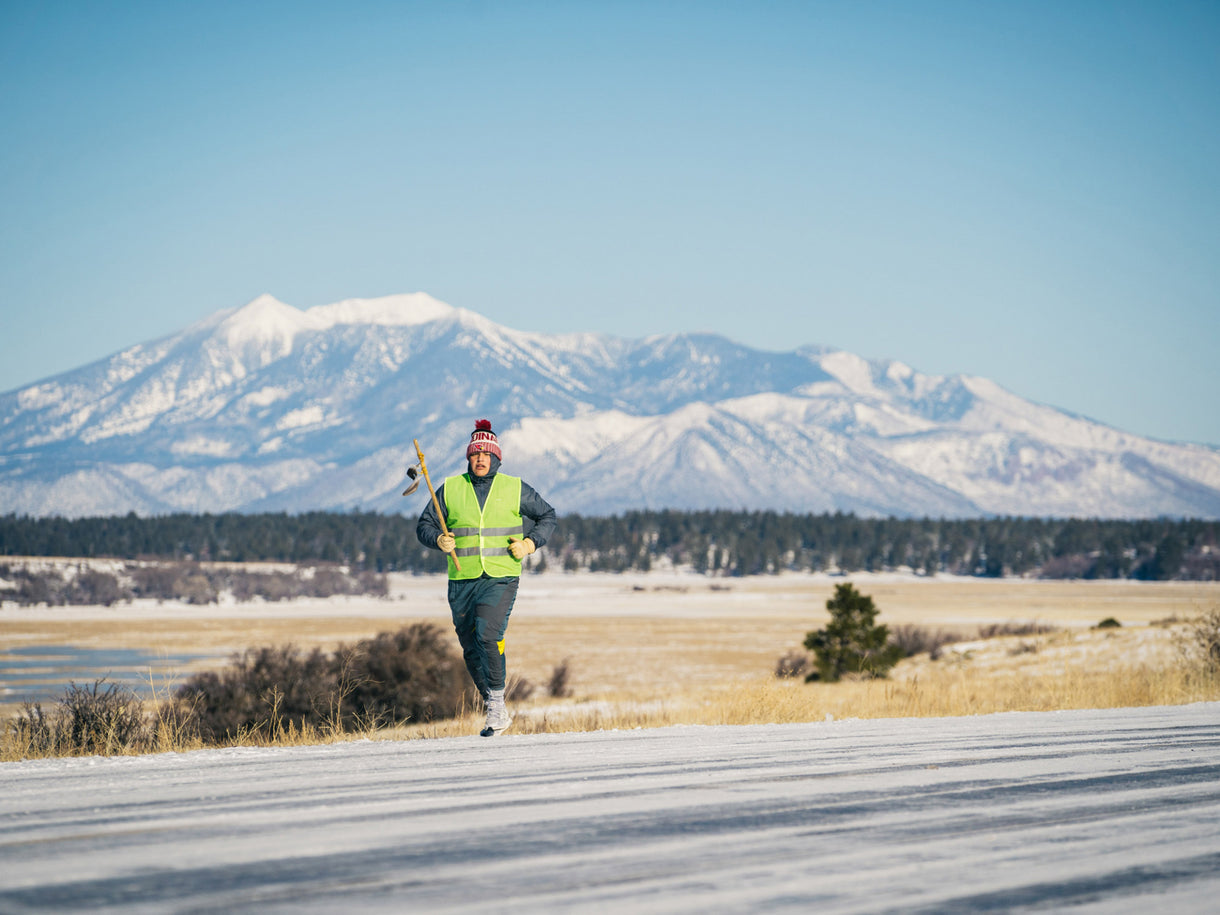


Lise is a freelance journalist focused on social, environmental and human rights issues, published by media from around the world. She’s Danish by birth, Latina by conviction and passionate about rock climbing.